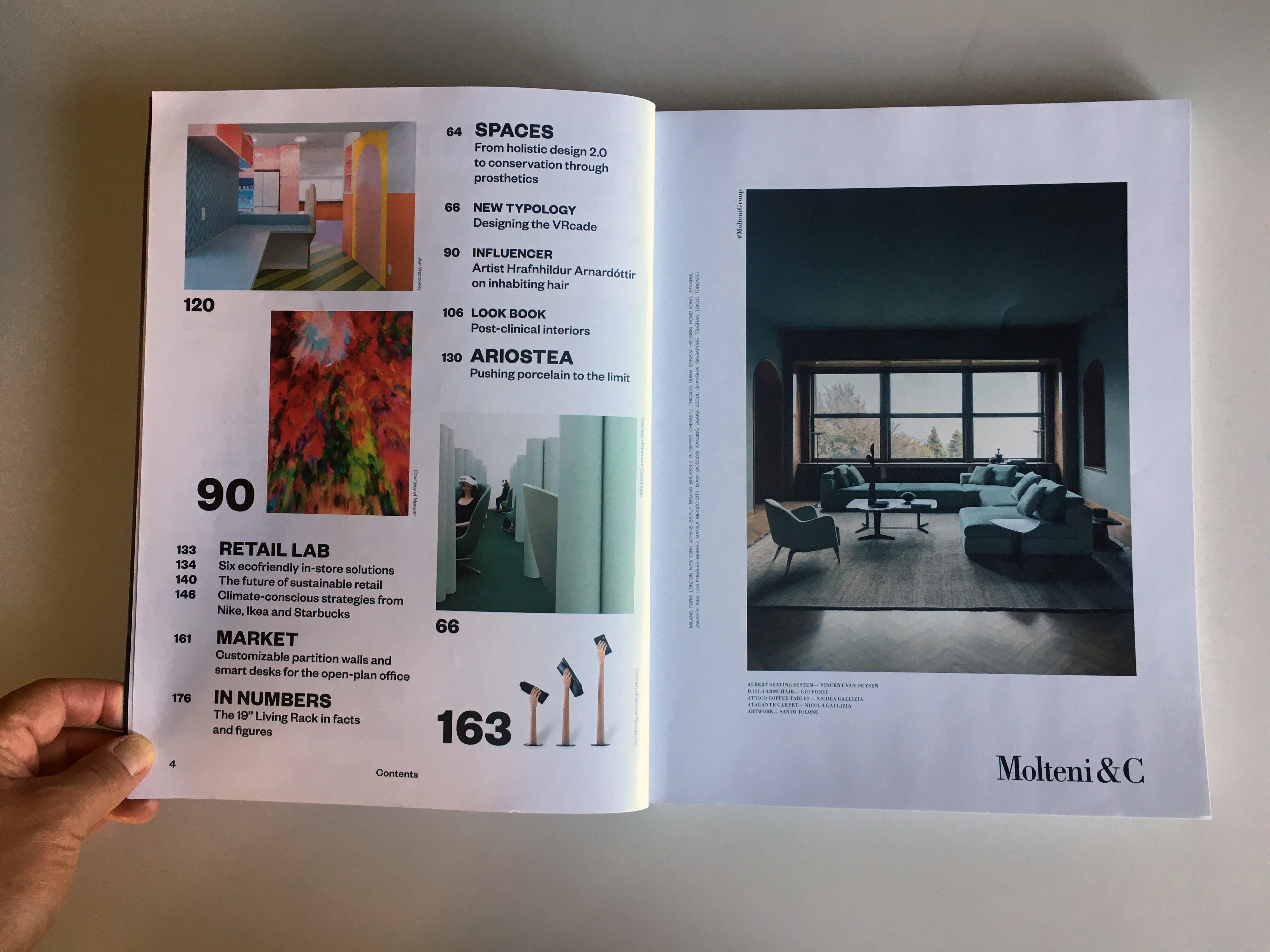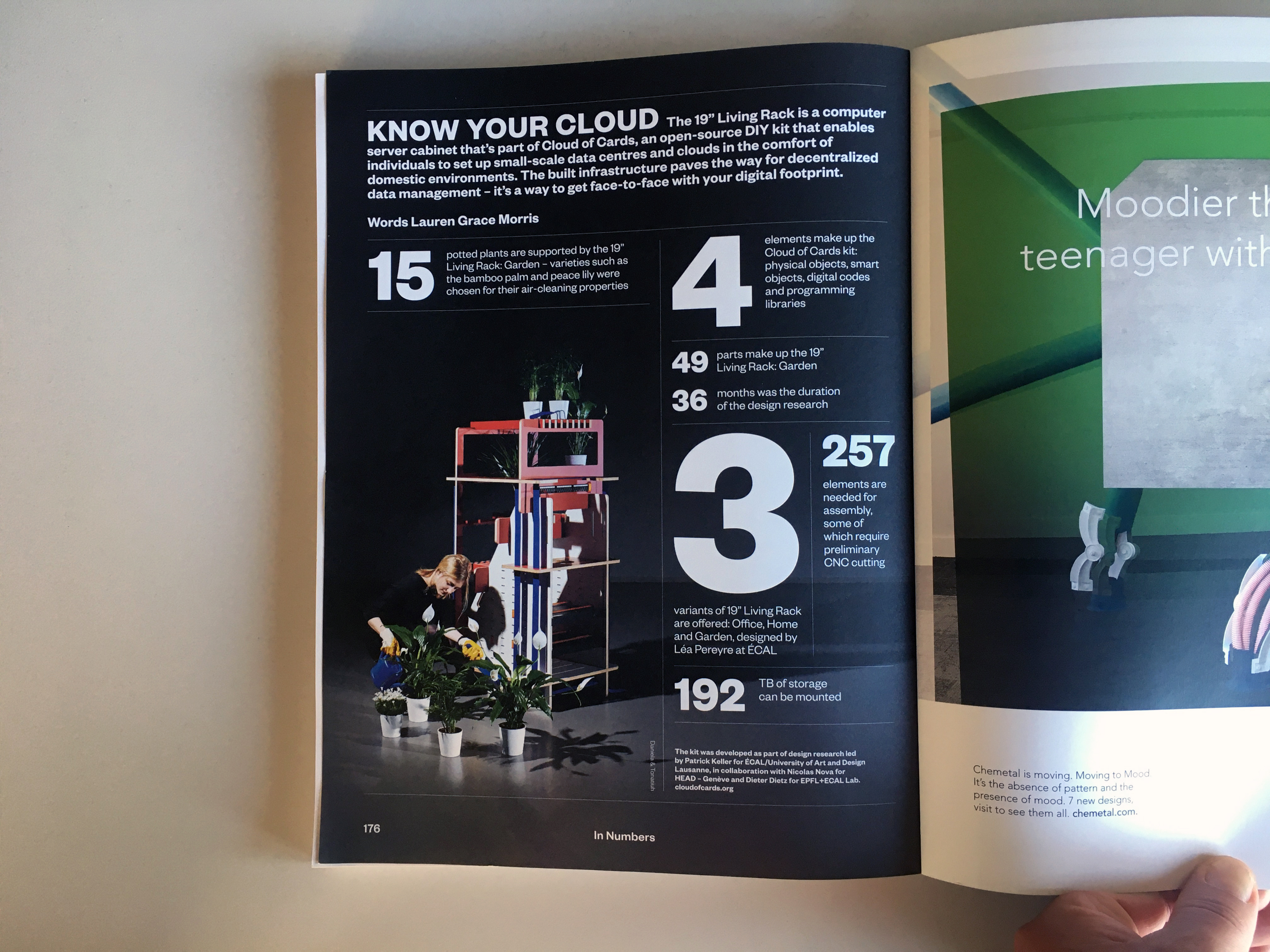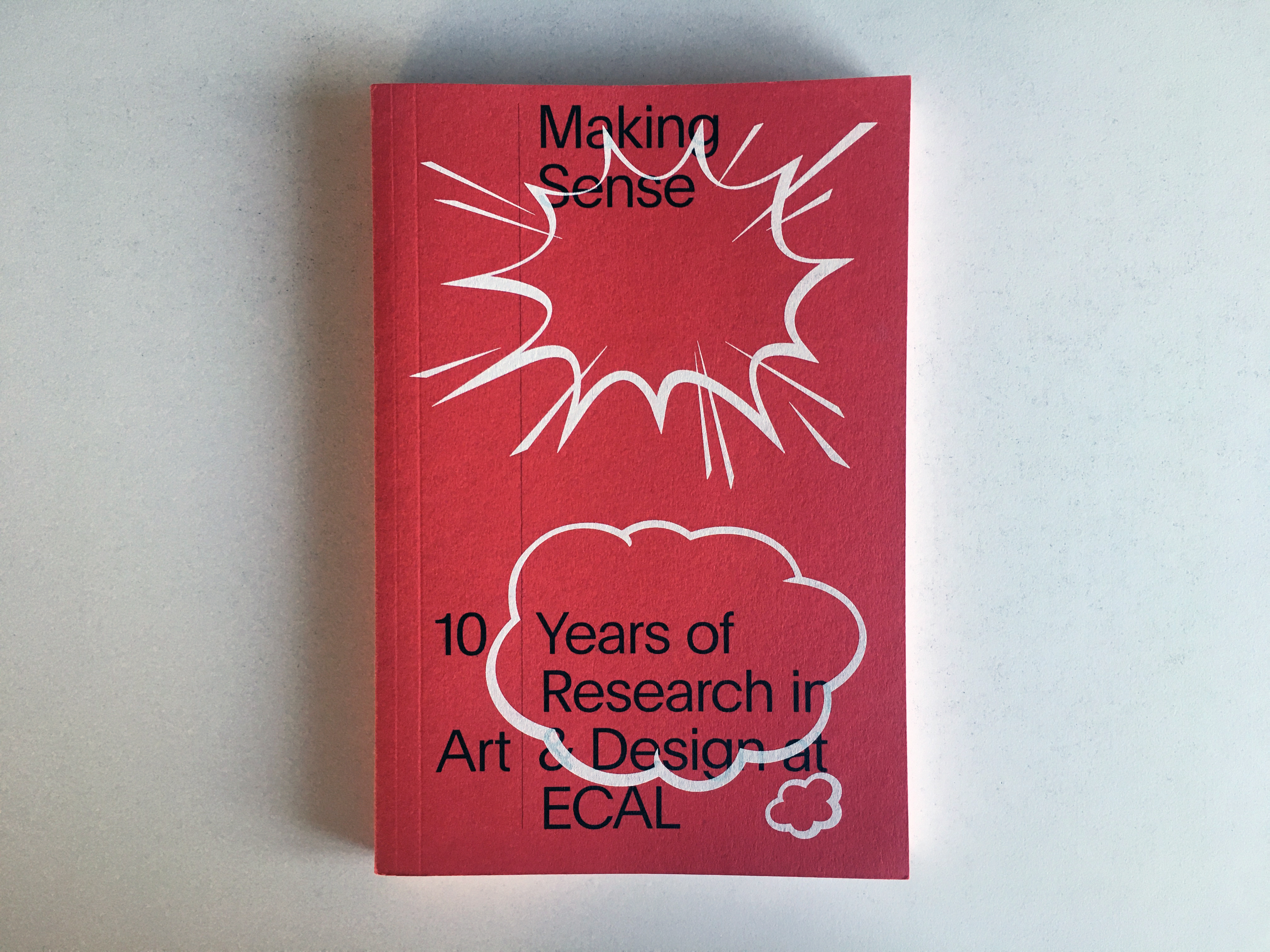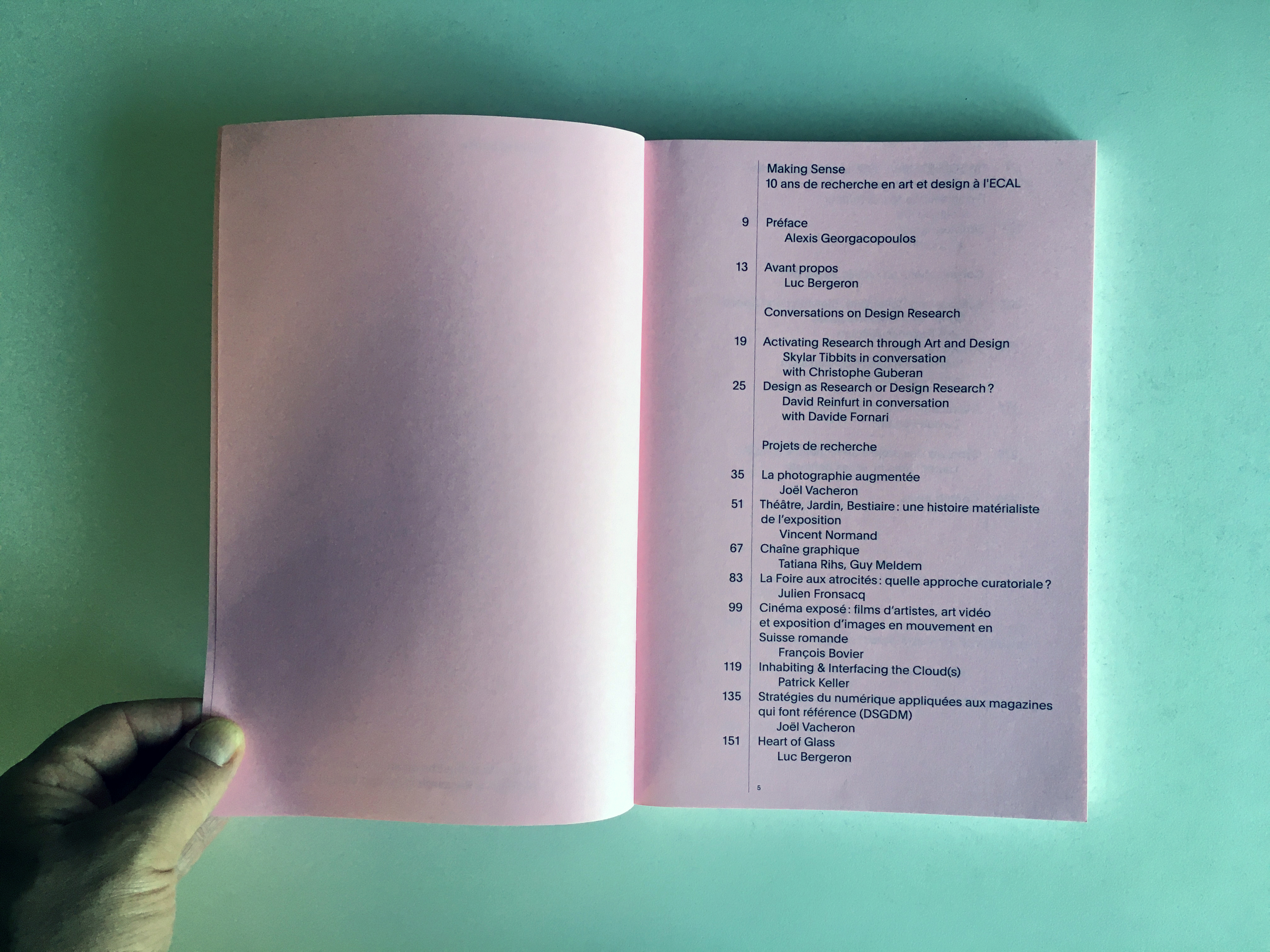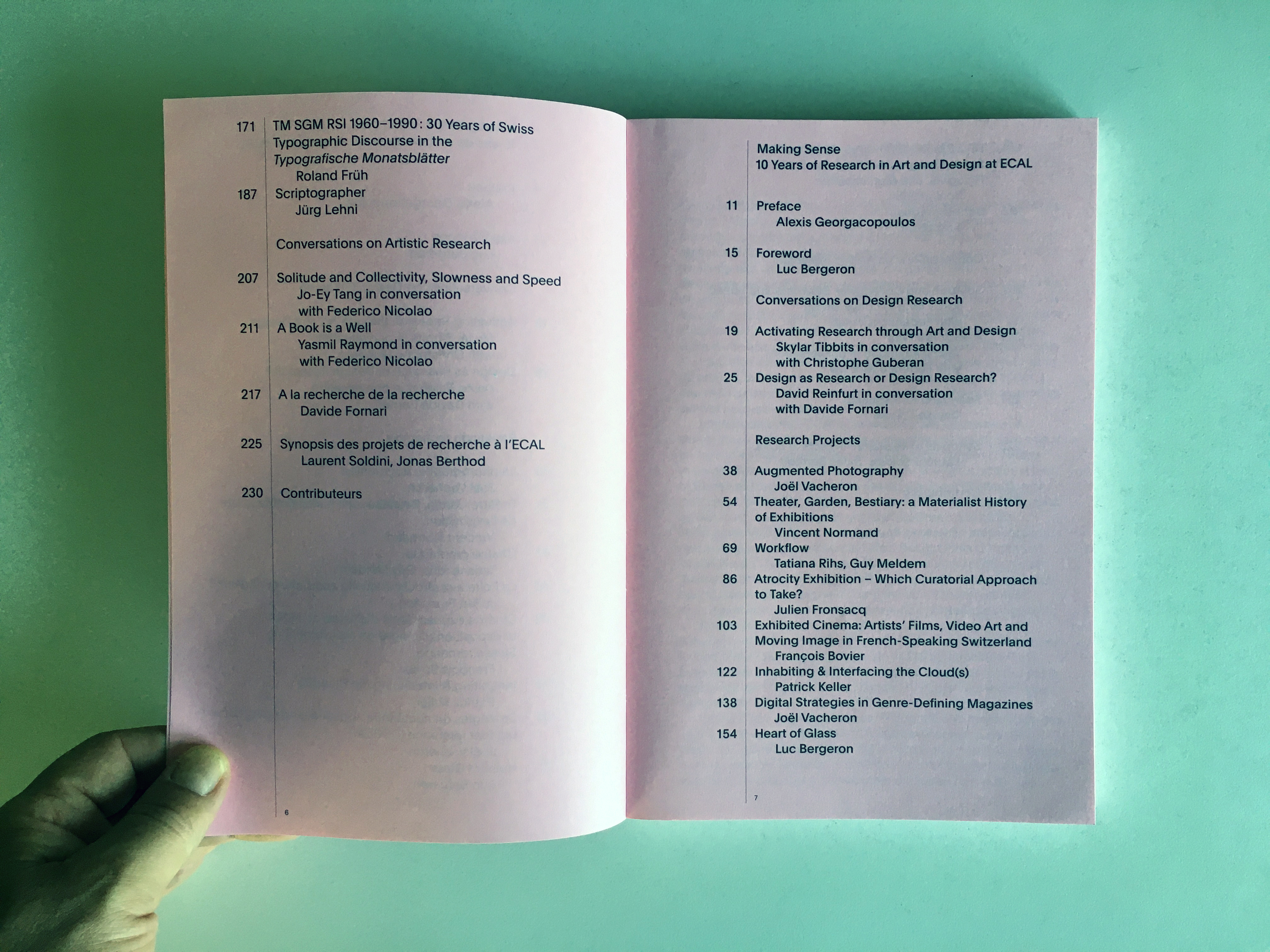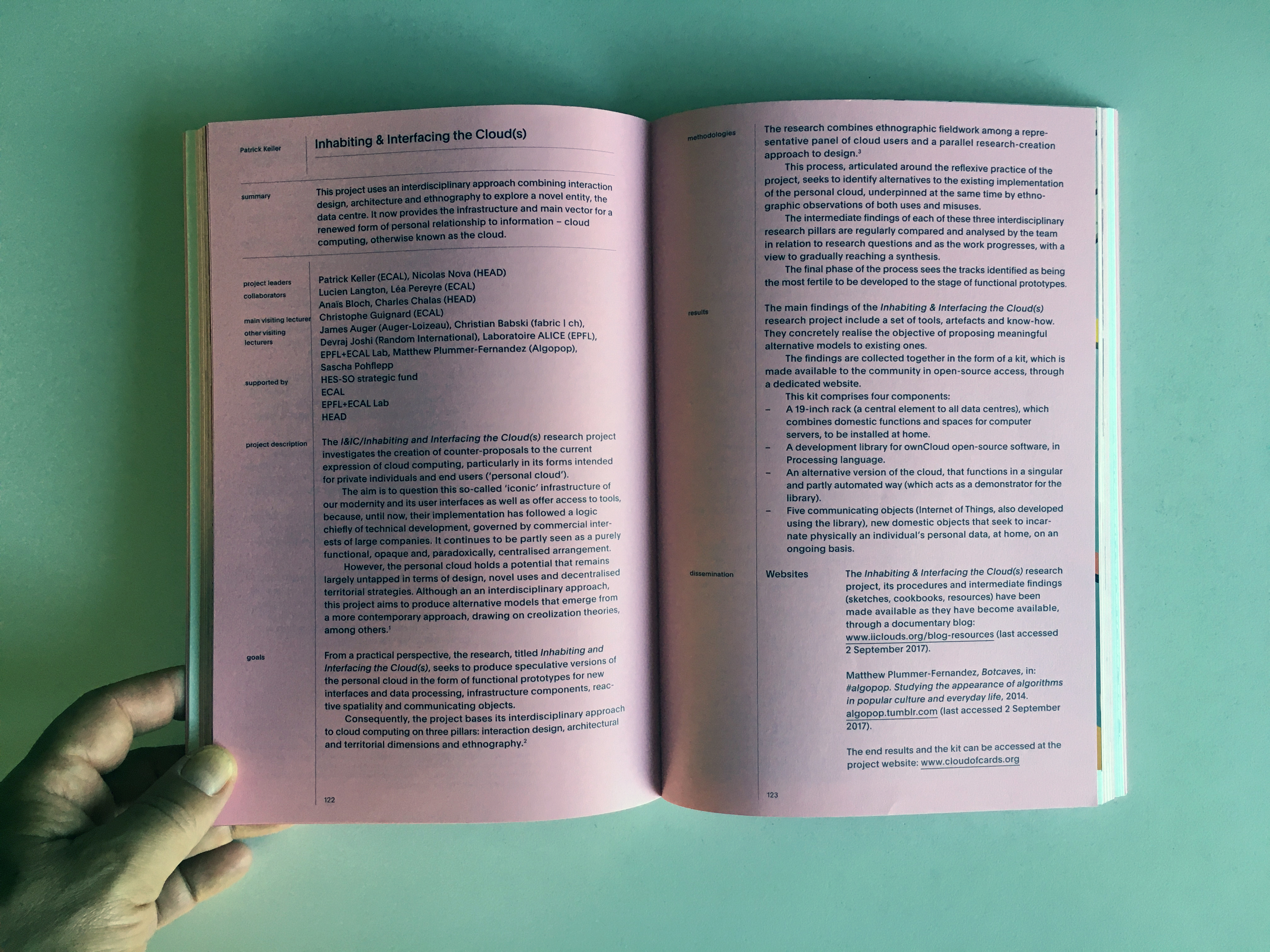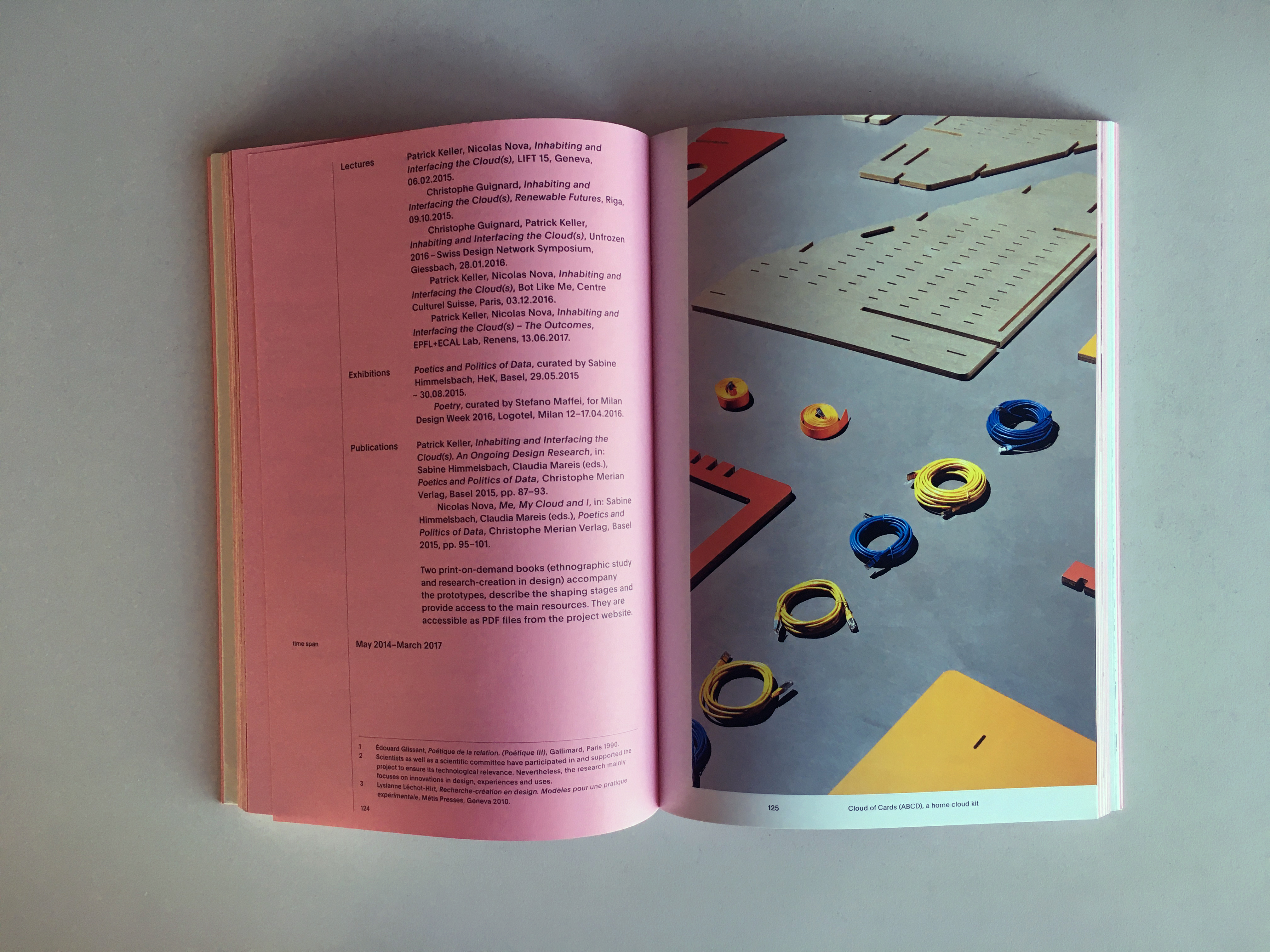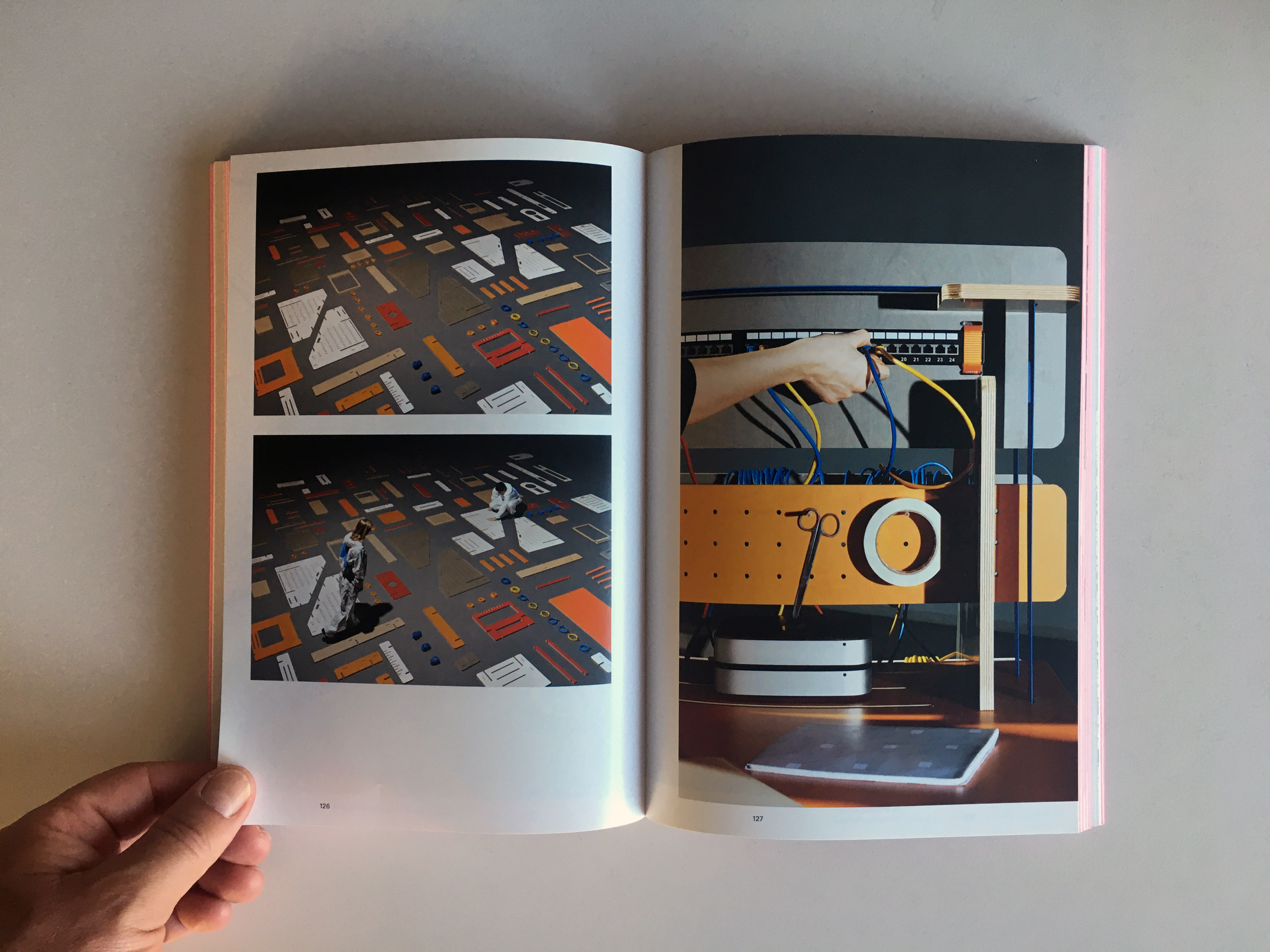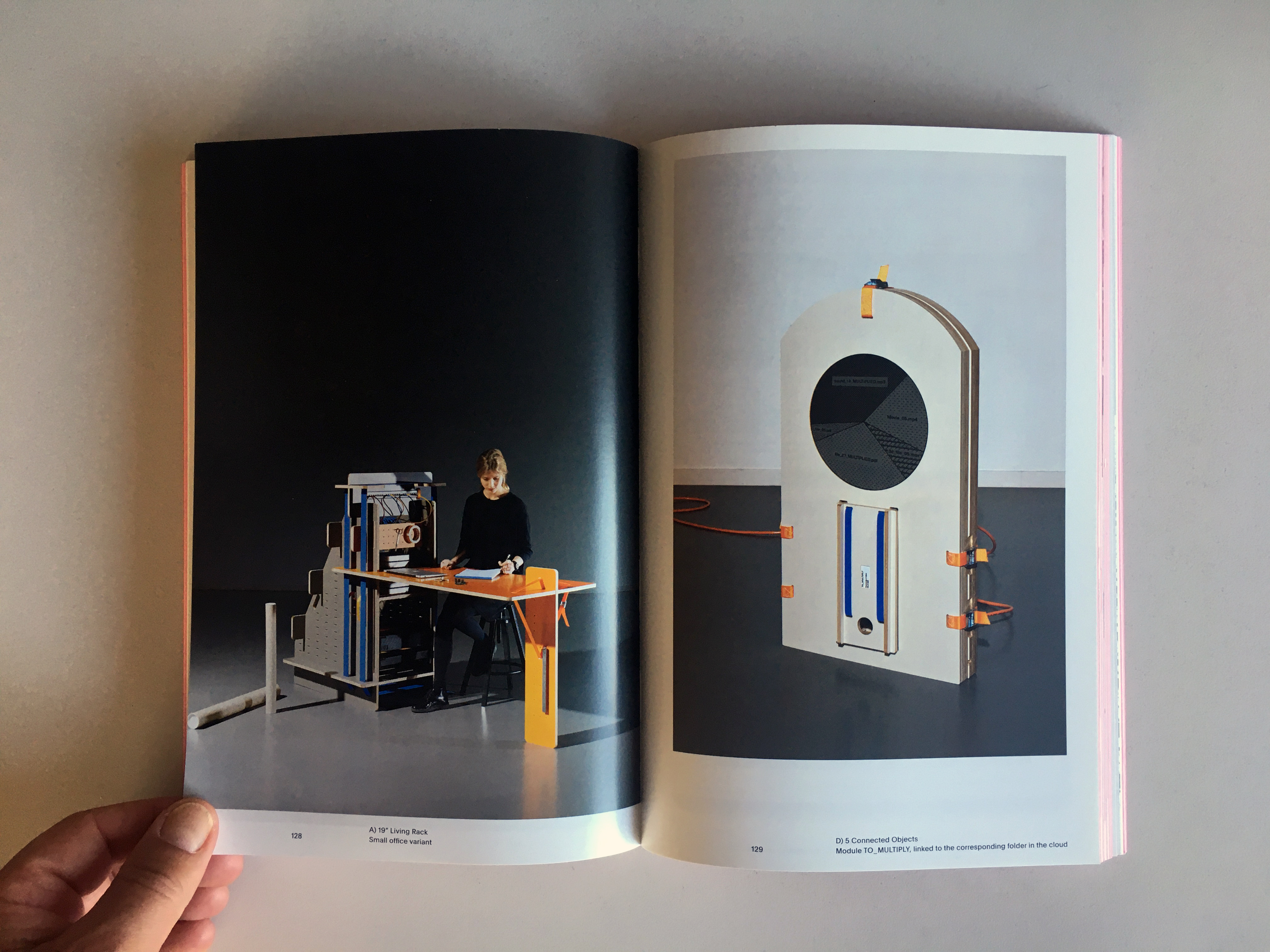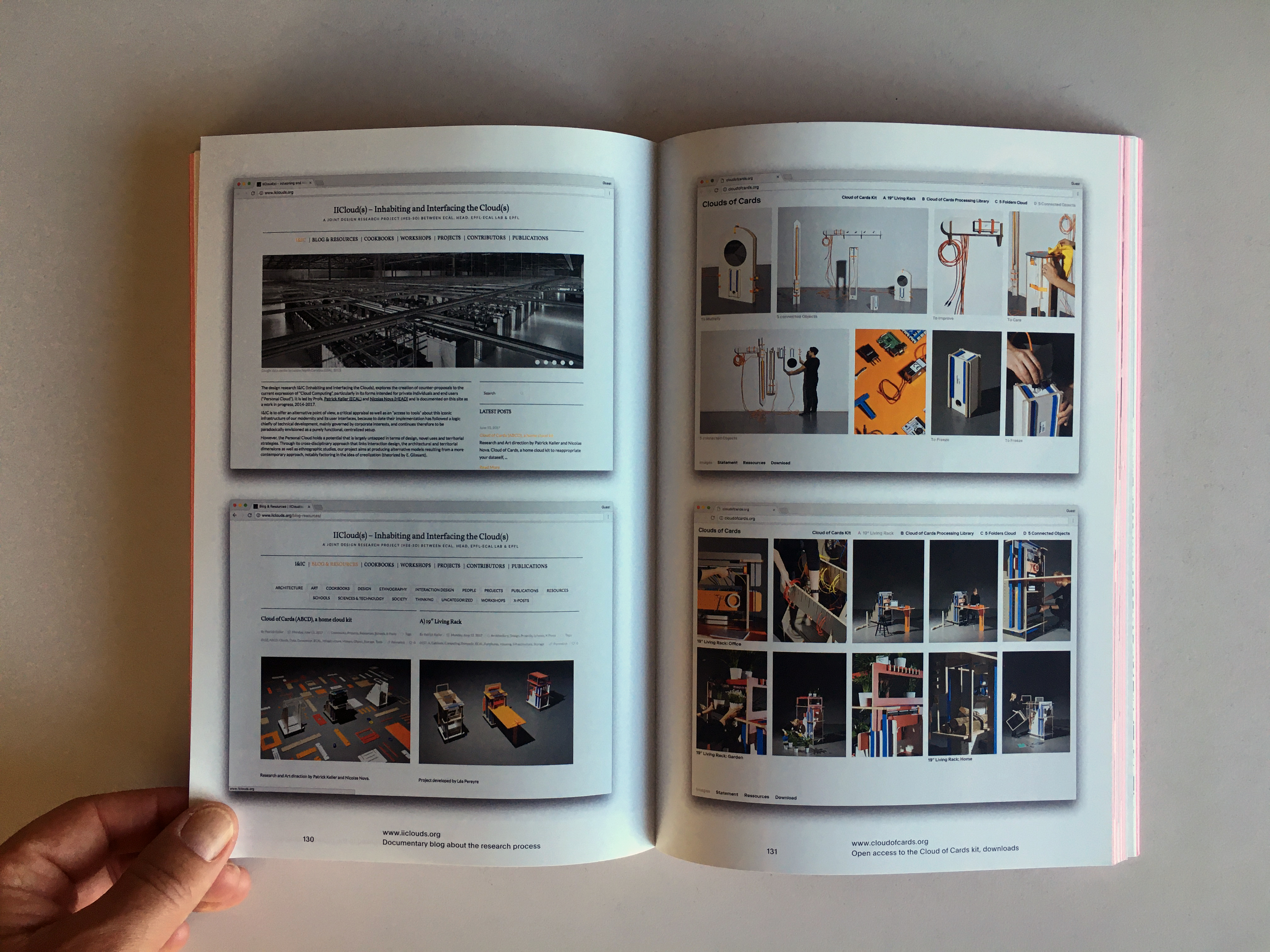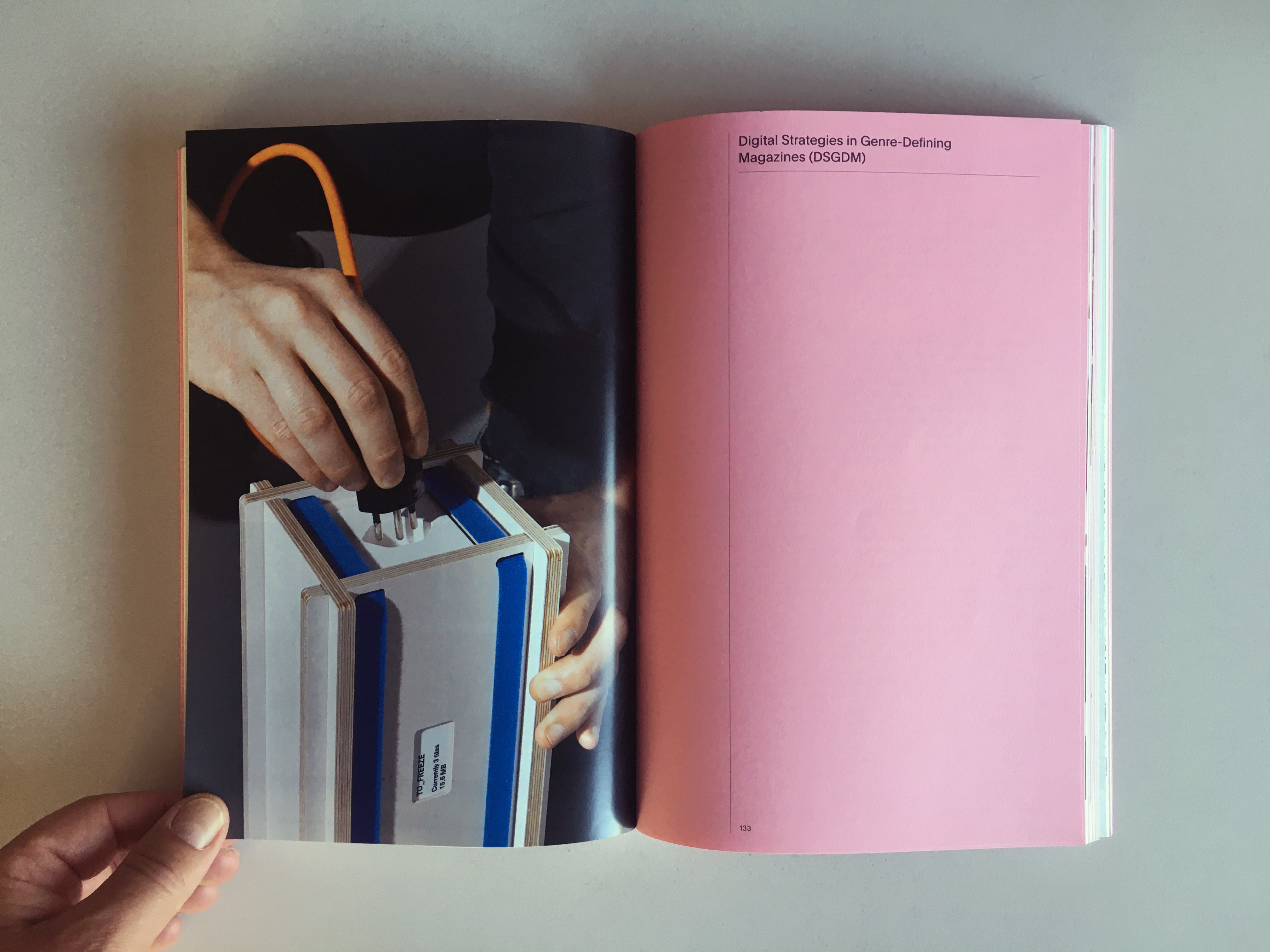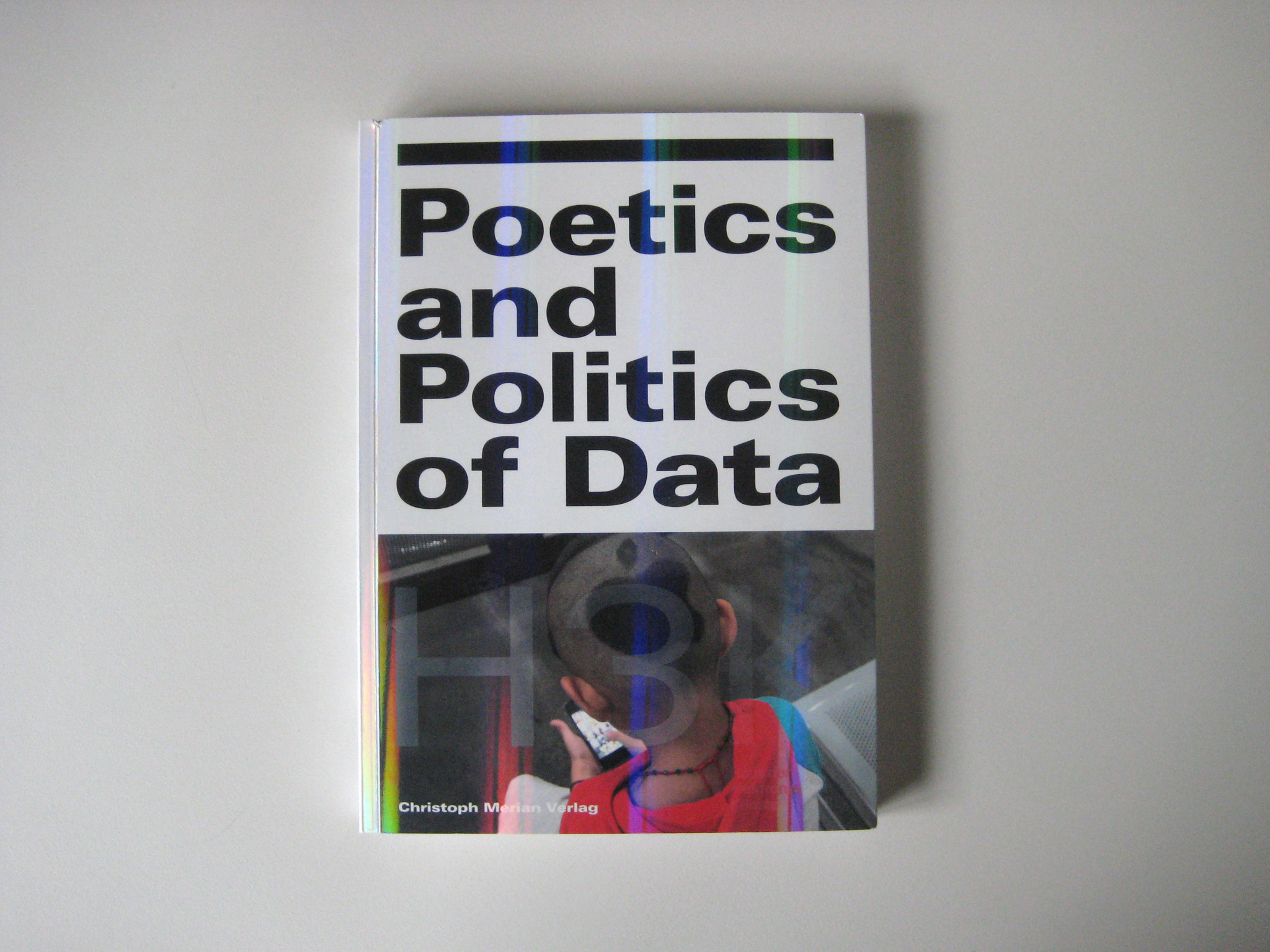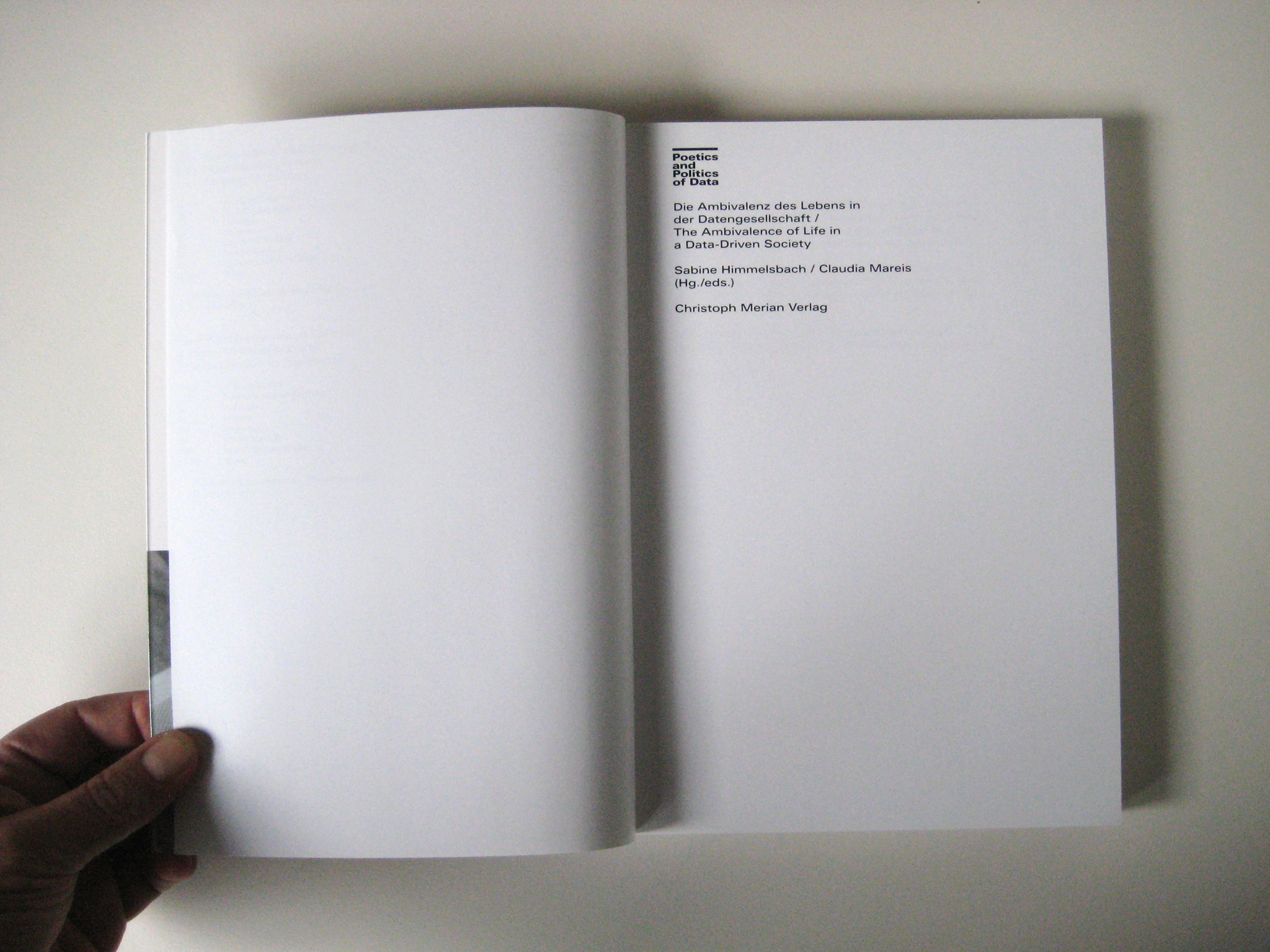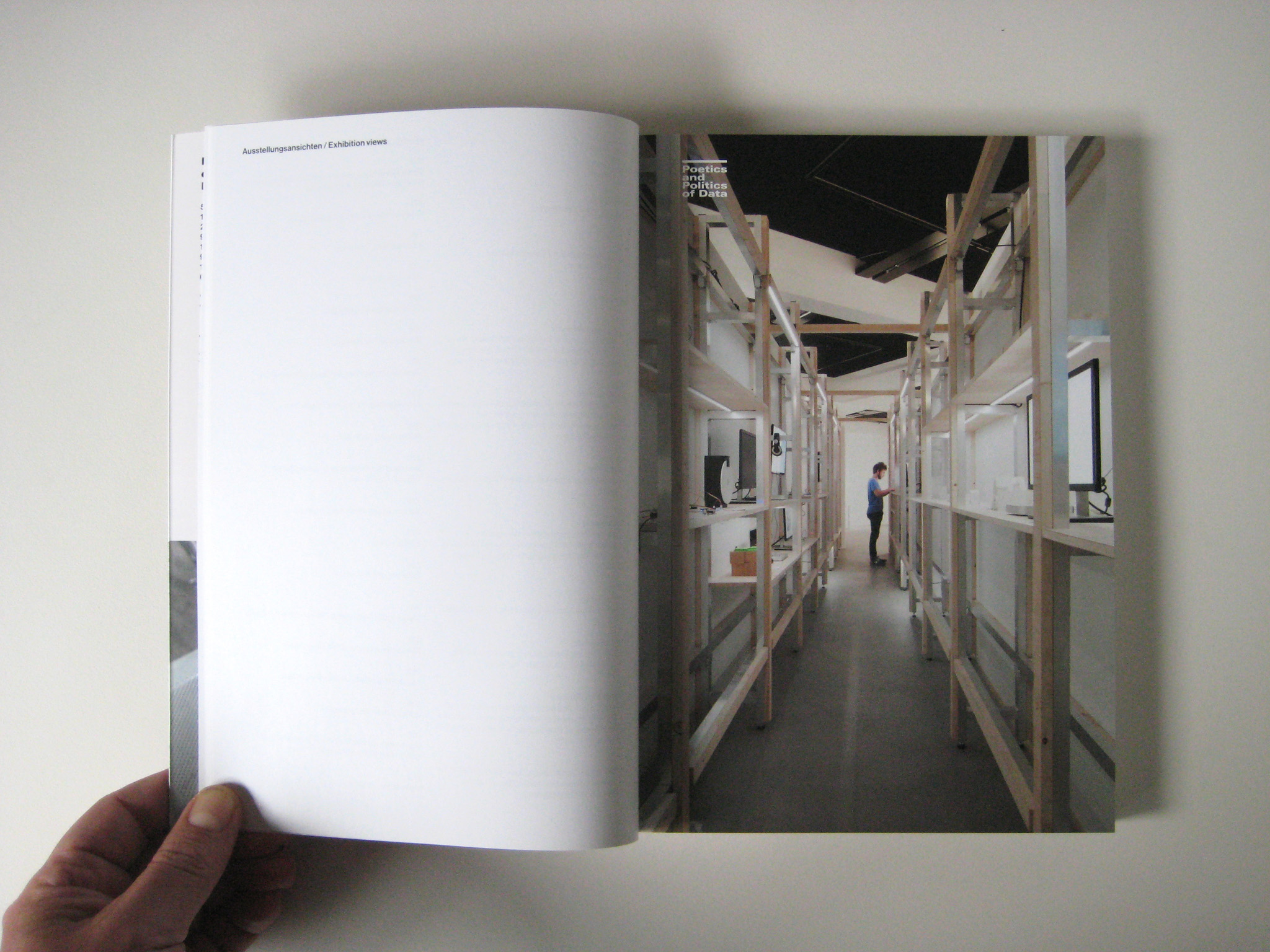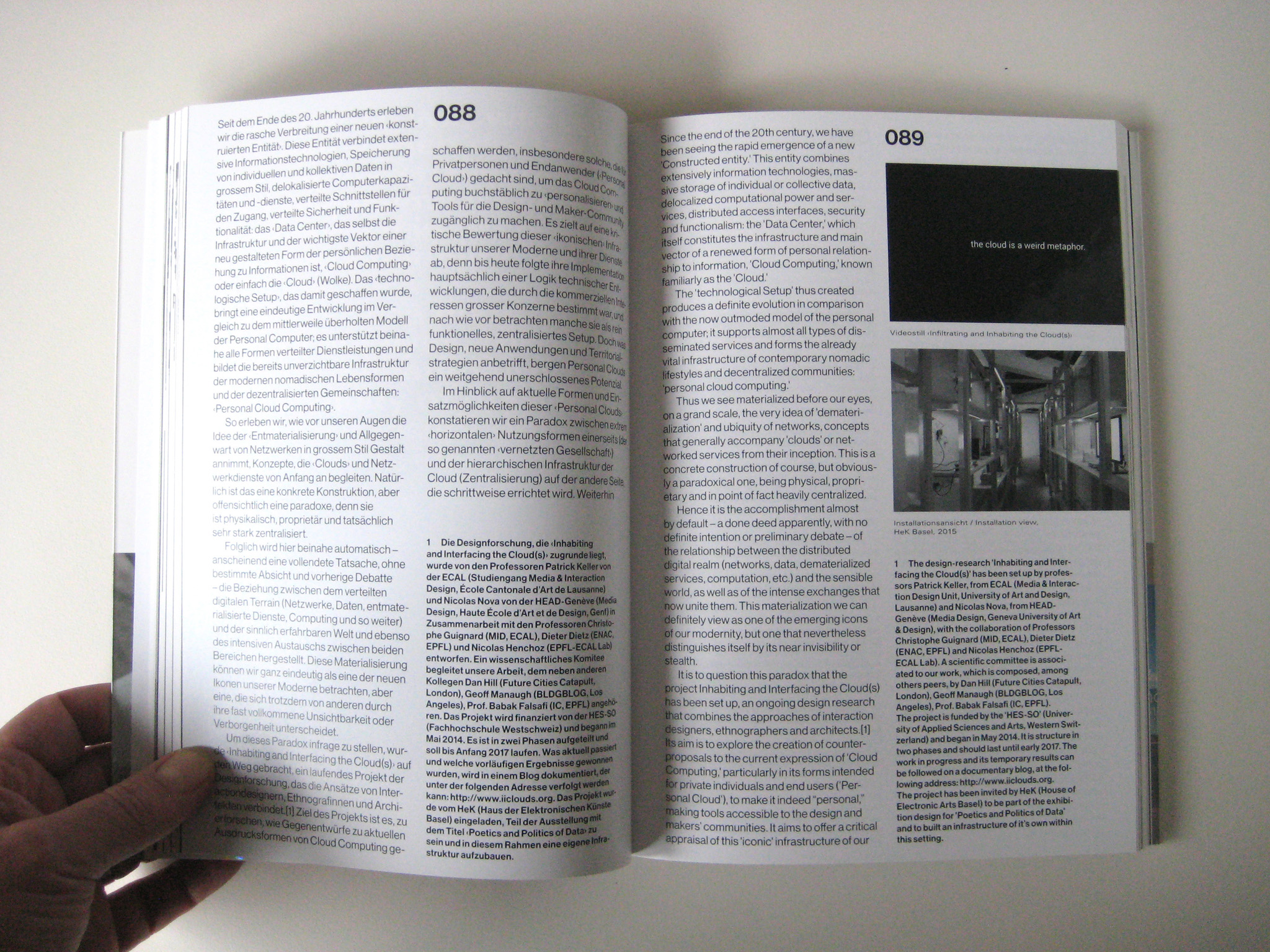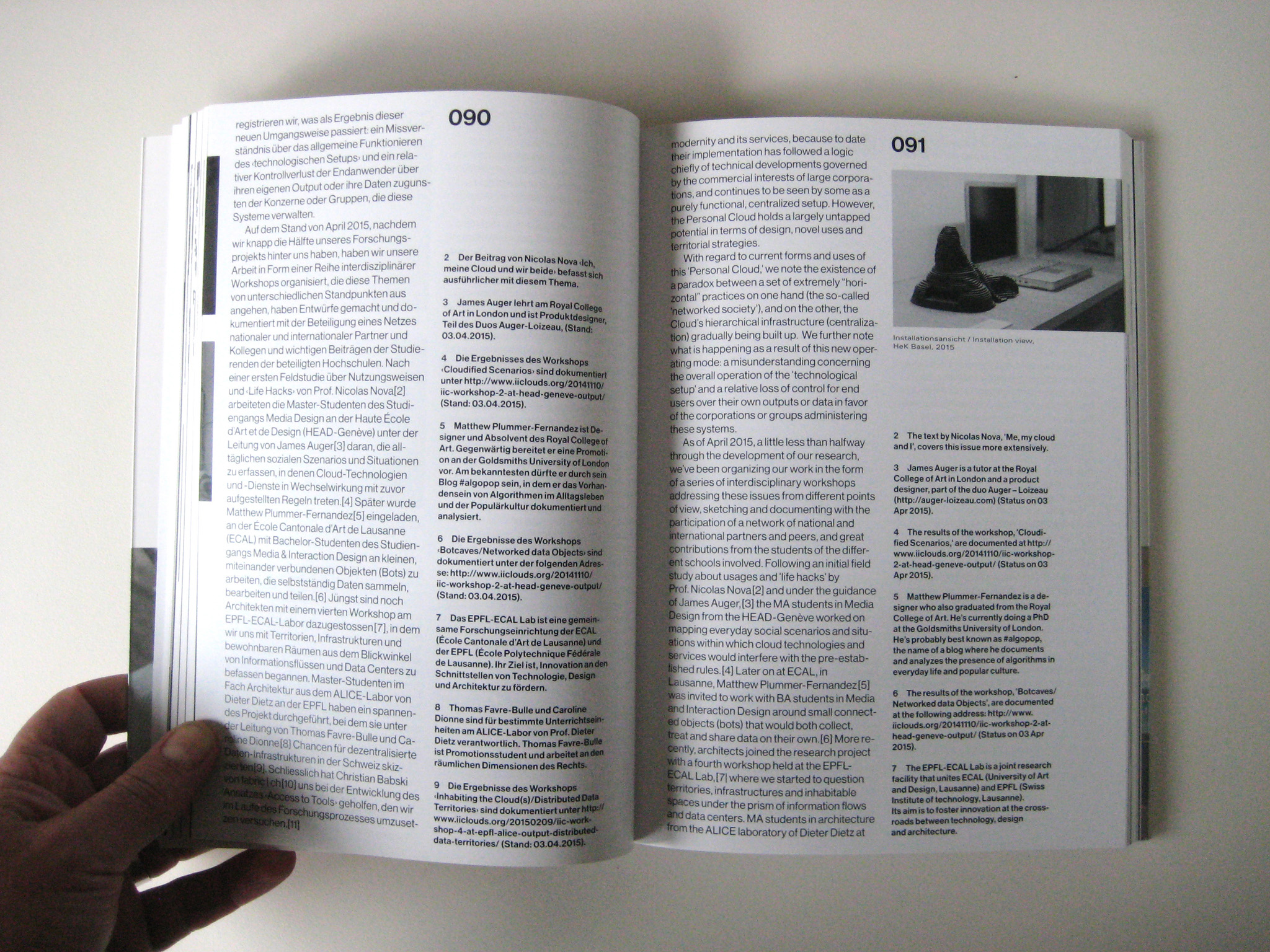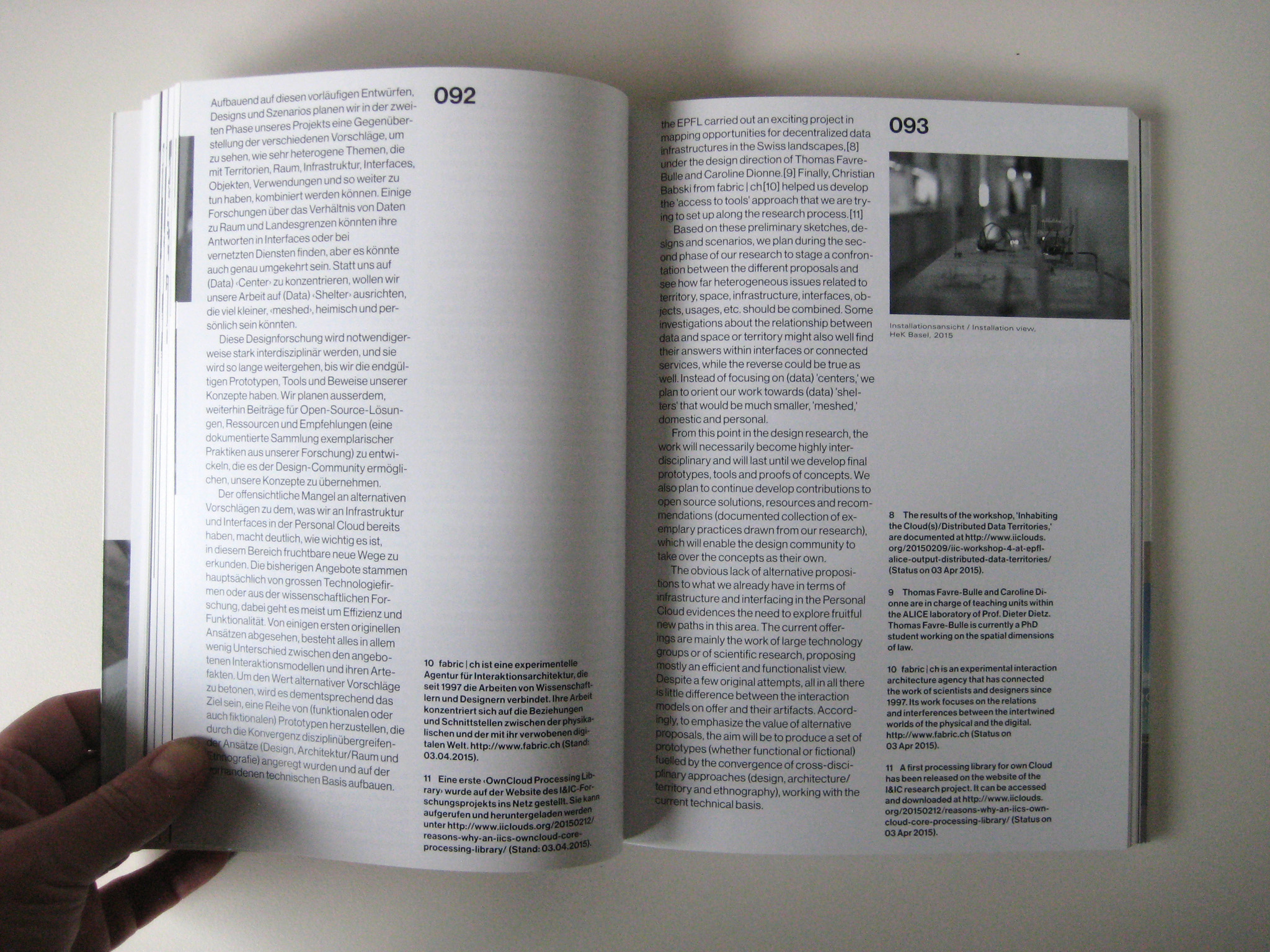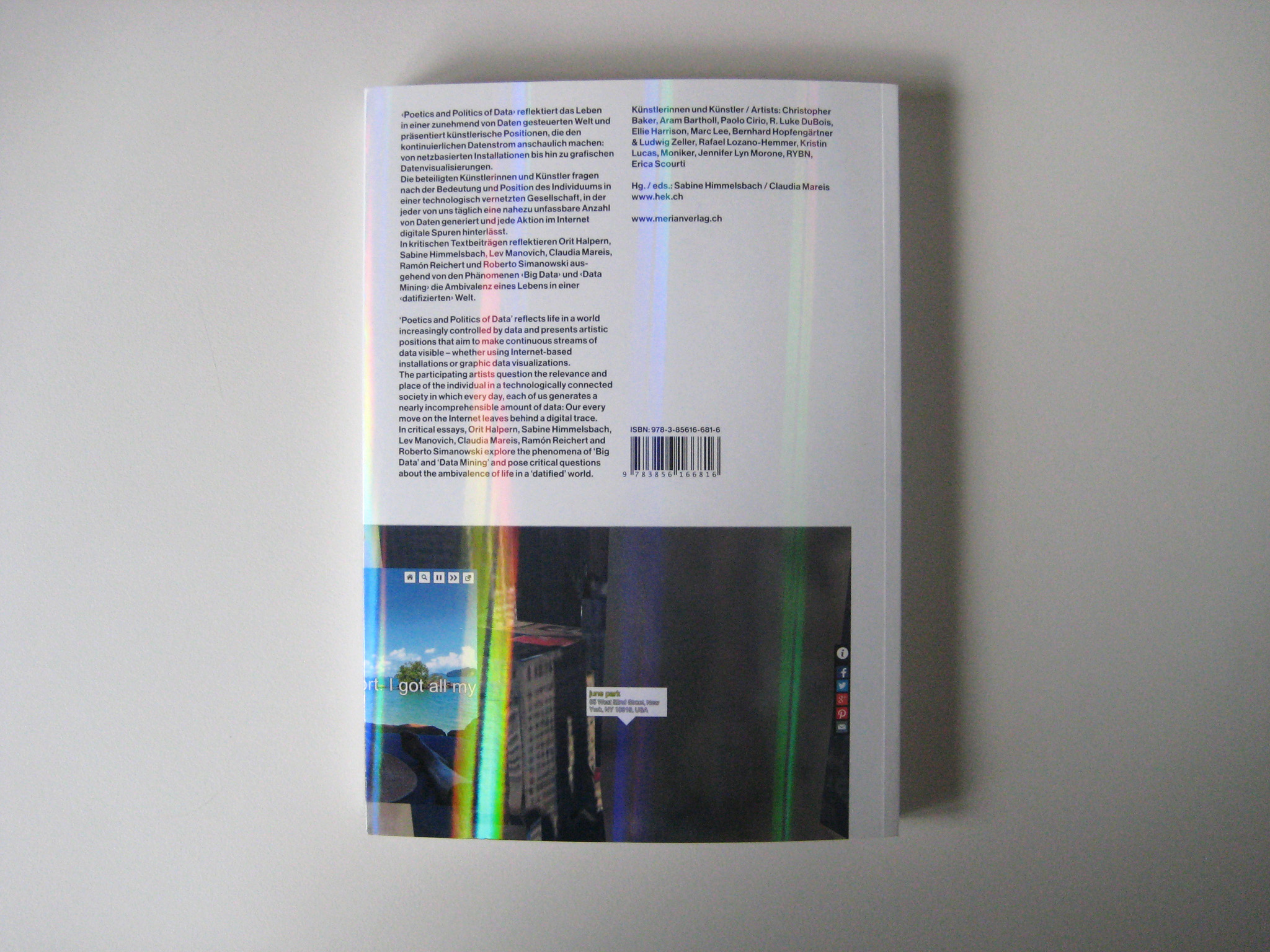Sticky Postings
All 242 fabric | rblg updated tags | #fabric|ch #wandering #reading
By fabric | ch
-----
As we continue to lack a decent search engine on this blog and as we don't use a "tag cloud" ... This post could help navigate through the updated content on | rblg (as of 09.2023), via all its tags!
FIND BELOW ALL THE TAGS THAT CAN BE USED TO NAVIGATE IN THE CONTENTS OF | RBLG BLOG:
(to be seen just below if you're navigating on the blog's html pages or here for rss readers)
--
Note that we had to hit the "pause" button on our reblogging activities a while ago (mainly because we ran out of time, but also because we received complaints from a major image stock company about some images that were displayed on | rblg, an activity that we felt was still "fair use" - we've never made any money or advertised on this site).
Nevertheless, we continue to publish from time to time information on the activities of fabric | ch, or content directly related to its work (documentation).
Friday, December 03. 2021
Atomized (*) Functioning by fabric | ch, digital Paik exhibition with Nam June Paik Art Center and ECAL | #paik #augmented #automated #exhibition
Note: We had the chance at fabric | ch to initiate a new research / project last Spring, in collaboration with the Nam June Paik Art Center (warning: long loading time!) in South Korea and ECAL / University of Art and Design Lausanne (HES-SO).
In this context, we're having the opportunity to work with some of the amazing material of the museum's collection and archive. It contains some of Paik's major works (single & multi-channel video in particular), that have been difficult to see since the passing of the artist, and most of its archives.
The museum indeed has the largest collection Paik's video, as well as some important installations and a large primary and secondary material about the production of the artworks themselves. The research undertaken is looking to give access to this material in new ways and forms, out of the physical museum and through digital means. For this task, we're planning to further dig into the archives and look at works that were realized, or not, during the Fluxus period ("Symphony for 20 Rooms", "Exhibition of Music, Electronic Television").
The aim of this research is to work on automated curating and digital display (likely AR) of exhibitions at anybody's place (home, appartment, office, warehouse, "garage", etc.), resonating with the concept of "Viewing Rooms" and therefore the title of this first phase of the research: (Re-)Viewing Paik. We are seeking forms of personal exhibitions, for specific spatial configurations and in which the artworks organize their presence themselves, according to an objective understanding of the space.
To achieve these research objectives, we'll work with fabric | ch's software and ongoing project that allows us to automate the creation of environments, based on sensors inputs: Atomized (*) Functioning (pdf), which is based on customizable/scriptable algorithmic and AI procedures. In the specific case of (Re-)Viewing Paik, it is used for curation and exhibition design purposes, therefore Atomized (curatorial) Functioning (pdf). Like we already did for this exhibition at HeK, in 2019.
-----
By fabric | ch
Below are early tests with a digital transposition/reconstruction of TV Buddha (literally), the zen media buddha in between a glitched and mirrored digital environment containing other artworks (video and photographies of the famous 1963 exhibition: Exposition of Music - Electronic Television).
This early phase of the work will see us work with the pieces selected by Nam June Paik Art Center curator and archivst Sans Ae Park. These pieces were selected mainly to test different artwork types and durations into their new display setup.
...
Wednesday, August 25. 2021
Cloud of Cards – A design research publication, ed. ECAL, Hemisphere & Frame magazines (2019 – 2020) | #design #research #datacenters #infrastructure
Note: still catching up on past publications, these ones (Cloud of Cards and related) are "pre-covid times", in Print-on-Demand and related to a the design research on data and the cloud led jointly between ECAL / University of Art & Design, Lausanne and HEAD - Genève (with Prof. Nicolas Nova). It concerns mainly new propositions for hosting infrastructure of data, envisioned as "personal", domestic (decentralized) and small scale alternatives. Many "recipes" were published to describe how to creatively hold you data yourself.
It can also be accessed through my academia account, along with it's accompanying publication by NIcolas Nova: Cloud of Practices.
-----
By Patrick Keller
--
The same research was shortly presented in the Swiss journal Hemispheres, as well as in the international magazine Frame:
--
Making Sense – A publication about design research, (ed. D. Fornari), ECAL (Lausanne, 2017) | #iiclouds #datacenter #research
Note: to catch up on time and work with the documentation of our past publications, this one was published already some time ago by ECAL / University of Art and Design, Lausanne (HES-SO), but still a topical issue (> how to redesign/codesign datacenters and the access to personal data in both a sustainable and "fair" way for the end user?)
We're currently working on an evolution of this project that involves the recent decentralized technologies that emerged in the meantime (a.k.a "blockchains", "NFT", etc.). In the meantime, we are preparing academic talks on the subject with the media sociologist Joël Vacheron, who will be invoved in the next phases of the research -- would they happen... --
-----
By Patrick Keller
(sorry for the strange colors on these 3 img. below...)
Monday, October 09. 2017
10+10, Research in Art & Design, ECAL | #research #bydesign
Note: I'll have the great pleasure to be in discussion tomorrow with Fabio Gramazio, Prof. & Head for Digital fabrication at ETHZ and partner at Gramazio Kohler, during the much-awaited symposium "Research in Art and Design", at ECAL.
If you can attend, please do so! As we're expecting great presentations from the likes of Xavier Veilhan, Roel Wouters, Skylar Tibbits, Catherine Ince and several others... including Fabio Gramazio of course, who will speak about their rescent researches at the Swiss Institute of Technology / Department of Architecture in Zürich.
Via ECAL
-----
10+10 Research in Art & Design at ECAL
A symposium celebrating 10 years of Research in Art and Design
Tuesday 10 October 2017, 8.00–18.30
IKEA Auditorium, ECAL, Renens
www.researchday.ch
On the occasion of the 10 years since the moving of ECAL/University of Art and Design Lausanne to its current premises in Renens and marking the 10th anniversary of the foundation of EPFL+ECAL Lab, ECAL is hosting a symposium on Research in Art and Design, featuring artists, designers and scholars in these fields from all over the world, in conversation with ECAL faculty members.
Admission is free upon registration through the online RSVP form at www.researchday.ch
Due to the limited number of seats in the auditorium, the maximum number of participants is 350.
---
Programme
8.00–8.30 Registration
8.30–9.00 Welcome
Alexis Georgacopoulos director, ECAL
Introductory notes on Research in Art and Design in Switzerland
Davide Fornari professor, ECAL
Moderation
Vera Sacchetti design critic, Basel
Design Research: from Academia to the Real World
9.00–9.45 Alba Cappellieri professor, Politecnico di Milano, Milan
in conversation with Nicolas Henchoz director, EPFL+ECAL Lab
9.45–10.30 Sophie Pène vice president, Conseil National du Numérique, Paris
in conversation with Davide Fornari professor, ECAL
10.30–11.00 Coffee break
Research Through Art and Design: Materials and Forms
11.00–11.45 Xavier Veilhan artist, Paris
in conversation with Stéphanie Moisdon professor, ECAL
11.45–12.30 Fabio Gramazio co-founder, Gramazio + Kohler Architects, Zurich
in conversation with Patrick Keller professor, ECAL
-
12.30–13.30 Lunch
-
Research Practices in Curating Art and Design
13.30–14.15 Catherine Ince senior curator, Victoria and Albert Museum, London
in conversation with Anniina Koivu professor, ECAL
14.15–15.00 Astrid Welter head of programs, Fondazione Prada, Milan/Venice
in conversation with Federico Nicolao professor, ECAL
15.00–15.15 Coffee break
The Future of Art and Design Research
15.15–16.00 Roel Wouters co-founder, Moniker, Amsterdam
in conversation with Vincent Jacquier professor, ECAL
16.00–16.45 Skylar Tibbits co-founder, MIT Self-Assembly Lab, Cambridge (MA)
in conversation with Christophe Guberan professor, ECAL
16.45 Closing remarks, panel discussion
Alexis Georgacopoulos
Vera Sacchetti
Davide Fornari
---
17.30 Exhibition openings at Cinema Studio, Gallery l’elac and EPFL+ECAL Lab
- Caustics, curated by Mark Pauly, EPFL RAYFORM
- Projects for Victorinox, curated by Thilo Alex Brunner
- The Sausage of the Future, curated by Carolien Niebling (preview)
- Augmented Photography, curated by Milo Keller (preview)
- EPFL+ECAL Lab Research Land, curated by Nicolas Henchoz
- Rapid Liquid Printing, curated by Christophe Guberan, MIT Self-Assembly Lab, Steelcase
ECAL will launch the book Making Sense: 10 Years of Research in Art and Design at ECAL on the occasion of the symposium.
---
18.30 Cocktail
10+10 Research in Art and Design at ECAL
In collaboration with EPFL+ECAL Lab
With the support of HES-SO
Media partner Disegno
Ecole cantonale d’art de Lausanne
5, Avenue du Temple, Renens
Related Links:
Tuesday, April 18. 2017
Ghost in the Shell movie city design, Ash Thorp | #movie #3d #fiction #architecture
Note: following the post about the conference at Bartlett about game design and architecture, I also post this link (show reel) regarding the recent set & prop design for the movie Ghost in the Shell.
We can certainly discuss the quality of the movie indeed, or rather its necessity compared to the original japan anime (a funny remark about it though: if you have the questionable chance to be "reborned" or "ghosted" like the major in the remade movie, you'll transform from asian to caucasian white ... Which is the same fate as the movie in fact, if you have the chance to be "redone", you'll go from japan anime to Hollywood pimped movie...), but we can all agree about the quality of the environment and character design nonetheless. Even if conceptually, this future looks a lot like an "hyper-present" (more networks, more media, more digital, more robots, cyborgs and viruses, more hackers, etc. - that will not happen therefore).
In particular for architects, the urban design of the "Hong Kong++" (or "Blade Runner++" ) style city, full of skyscrapers sized holograms, mostly publicities. A design in a kind of strange and brutal mish-mash with more regular yet buildings. This is the quite 3d graphical work ofAsh Thorp that i link below.
Considering these different exemples, we could wonder why architectural schools don't take more into consideration these kind of works? So as the ones present in literature. Couldn't we start thinking that architecture is a field that indeed and of course, build physical spaces and cities, but not only.
So, it should also take its part in the conceptualization and design of "networked", "virtual" or rather "mixed realities" (whatever further necessary debates we could have about the understanding of those words), environments for games and movies? Possibly also by extension non material spaces in general? And of course, all the probably more interesting "in betweens"? I truly believe architectural discourse could easily consider all these aspects of architecture and widen a bit its educational scope.
But I don't see this coming so much. Do you? (there are some discussion forums on Archinect for example)
Via Kotaku
-----
Some additionnal information about the conceptual work on the movie.
Another interesting and quite "space-graphical" short anime by Ash Thorp, "Epoch" - in a slightly "2001" style-, can be accessed on his site as well. And interestingly for 3d designers, he has created with fellow industry-artists a teaching platform led by professionals: Learn Squared (they are hosting a talk about the set design on Twitch next Wednesday btw). There can you learn "UI and Data Design for Film", "3D Concept Design", "Motion Design", etc.
More works about the movie HERE (in a post by Luke Plunkett).
Related Links:
Monday, February 20. 2017
The Ulm Model: a school and its pursuit of a critical design practice | #design #teaching
Via It's Nice That
-----
Words by Billie Muraben, photography by Connor Campbell

“My feeling is that the Bauhaus being conveniently located before the Second World War makes it safely historical,” says Dr. Peter Kapos. “Its objects have an antique character that is about as threatening as Arts and Crafts, whereas the problem with the Ulm School is that it’s too relevant. The questions raised about industrial design [still apply], and its project failed – its social project being particularly disappointing – which leaves awkward questions about where we are in the present.”
Kapos discovered the Hochschule für Gestaltung Ulm, or Ulm School, through his research into the German manufacturing company Braun, the representation of which is a specialism of his archive, das programm. The industrial design school had developed out of a community college founded by educationalist Inge Scholl and graphic designer Otl Aicher in 1946. It was established, as Kapos writes in the book accompanying the Raven Row exhibition, The Ulm Model, “with the express purpose of curbing what nationalistic and militaristic tendencies still remained [in post-war Germany], and making a progressive contribution to the reconstruction of German social life.”
The Ulm School closed in 1968, having undergone various forms of pedagogy and leadership, crises in structure and personality. Nor the faculty or student-body found resolution to the problems inherent to industrial design’s claim to social legitimacy – “how the designer could be thoroughly integrated within the production process at an operational level and at the same time adopt a critically reflective position on the social process of production.” But while the Ulm School and the Ulm Model collapsed, it remains an important resource, “it’s useful, even if the project can’t be restarted, because it was never going to succeed, the attempt is something worth recovering. Particularly today, under very difficult conditions.”

Foundation Course exercise
Student: Hans von Klier
Instructor: Helene Nonné-Schmidt 1955
Courtesy HfG-Archiv/Ulmer Museum

Foundation Course exercise
Student: Bertus Mulder
Courtesy HfG-Archiv/Ulmer Museum

Foundation Course exercise
Student: M. Buch
Instructor: Tomás Maldonado
Courtesy HfG-Archiv/Ulmer Museum
Max Bill, a graduate of the Bauhaus and then president of the Swiss Werkbund, arrived at Ulm in 1950, having been recruited partly in the hope that his international profile would attract badly needed funding. He tightened the previously broad curriculum, established by Marxist writer Hans Werner Richter, around design, mirroring the practices of his alma mater.
Bill’s rectorship ran from 1955-58, during which “there was no tension between the way he designed and the requirements of the market”. The principle of the designer as artist, a popular notion of the Bauhaus, curbed the “alienating nature of industrial production”. Due perhaps in part to the trauma of WW2, people hadn’t been ready to allow technology into the home that declared itself as technology.
“The result of that was record players and radios smuggled into the home, hidden in what looked like other pieces of furniture, with walnut veneers and golden tassels.” Bill’s way of thinking didn’t necessarily reflect the aesthetic, but it wasn’t at all challenging politically. “So in some ways that’s really straight-forward and unproblematic – and he’s a fantastic designer, an extraordinary architect, an amazing graphic designer, and a great artist – but he wasn’t radical enough. What he was trying to do with industrial design wasn’t taking up the challenge.”

Foundation Course exercise
Student: John Lottes
Instructor: Anthony Frøshaug
1958-59
Courtesy HfG-Archiv/Ulmer Museum
In 1958 Bill stepped down having failed to “grasp the reality of industrial production simply at a technical and operational level… [or] recognise its emancipatory potential.” The industrial process had grown in complexity, and the prospect of rebuilding socially was too vast for single individuals to manage. It was no longer possible for the artist-designer to sit outside of the production process, because the new requirements were so complex. “You had to be absolutely within the process, and there had to be a team of disciplinary specialists — not only of material, but circulation and consumption, which was also partly sociological. It was a different way of thinking about form and its relation to product.”
After Bill’s departure, Tomás Maldonado, an instructor at the school, “set out the implications for a design education adequate to the realities of professional practice.” Changes were made to the curriculum that reflected a critically reflective design practice, which he referred to as ‘scientific operationalism’ and subjects such as ‘the instruction of colour’, were dropped. Between 1960-62, the Ulm Model was introduced: “a novel form of design pedagogy that combined formal, theoretical and practical instruction with work in so-called ‘Development Groups’ for industrial clients under the direction of lecturers.” And it was during this period that the issue of industrial design’s problematic relationship to industry came to a head.
“You had to be absolutely within the process, and there had to be a team of disciplinary specialists – not only of material, but circulation and consumption, which was also partly sociological. It was a different way of thinking about form and its relation to product.”
– Peter Kapos
In 1959, a year prior to the Ulm Model’s formal introduction, Herbert Lindinger, a student from a Development Group working with Braun, designed an audio system. A set of transistor equipment, it made no apologies for its technology, and looked like a piece of engineering. His audio system became the model for Braun’s 1960s audio programme, “but Lindinger didn’t receive any credit for it, and Braun’s most successful designs from the period derived from an implementation of his project. It’s sad for him but it’s also sad for Ulm design because this had been a collective project.”
The history of the Braun audio programme was written as being defined by Dieter Rams, “a single individual — he’s an important designer, and a very good manager of people, he kept the language consistent — but Braun design of the 60s is not a manifestation of his genius, or his vision.” And the project became an indication of why the Ulm project would ultimately fail, “when recalling it, you end up with a singular genius expressing the marvel of their mind, rather than something that was actually a collective project to achieve something social.”
An advantage of Bill’s teaching model had been the space outside of the industrial process, “which is the space that offers the possibility of criticality. Not that he exercised it. But by relinquishing that space, [the Ulm School] ended up so integrated in the process that they couldn’t criticise it.” They realised the contradiction between Ulm design and consumer capitalism, which had been developing along the same timeline. “Those at the school became dissatisfied with the idea of design furnishing market positions, constantly producing cycles of consumptive acts, and they struggled to resolve it.”
The school’s project had been to make the world rational and complete, industrially-based and free. “Instead they were producing something prison-like, individuals were becoming increasingly separate from each other and unable to see over their horizon.” In the Ulm Journal, the school’s sporadic, tactically published magazine that covered happenings at, and the evolving thinking and pedagogical approach of Ulm, Marxist thinking had become an increasingly important reference. “It was key to their understanding the context they were acting in, and if that thinking had been developed it would have led to an interesting and different kind of design, which they never got round to filling in. But they created a space for it.”

Foundation Course exercise
Student: Hans von Klier
Instructor: Tomás Maldonado
1956
Courtesy HfG-Archiv/Ulmer Museum

Foundation Course exercise (detail)
Student: Hans von Klier
Instructor: Tomás Maldonado
1956
Courtesy HfG-Archiv/Ulmer Museum
“[A Marxian approach] would inevitably lead you out of design in some way. And the Ulm Model, the title of the Raven Row exhibition, is slightly ironic because it isn’t really a model for anything, and I think they understood that towards the end. They started to consider critical design as something that had to not resemble design in its recognised form. It would be nominally designed, the categories by which it was generally intelligible would need to be dismantled.”
The school’s funding was equally problematic, while their independence from the state facilitated their ability to validate their social purpose, the private foundation that provided their income was funded by industry commissions and indirect government funding from the regional legislator. “Although they were only partially dependent on government money, they accrued so much debt that in the end they were entirely dependent on it. The school was becoming increasingly radical politically, and the more radical it became, the more its own relation to capitalism became problematic. Their industry commissions tied them to the market, the Ulm Model didn’t work out, and their numbers didn’t add up.”
The Ulm School closed in 1968, when state funding was entirely withdrawn, and its functionalist ideals were in crisis. Abraham Moles, an instructor at the school, had previously asserted the inconsistency arising from the practice of functionalism under the conditions of ‘the affluent society’, “which for the sake of ever expanding production requires that needs remain unsatisfied.” And although he had encouraged the school to anticipate and respond to the problem, so as to be the “subject instead of the object of a crisis”; he hadn’t offered concrete ideas on how that might be achieved.
But correcting the course of capitalist infrastructure isn’t something the Ulm School could have been expected to achieve, “and although the project was ill-construed, it is productive as a resource for thinking about what a critical design practice could be in relation to capitalism.” What’s interesting about the Ulm Model today is their consideration of the purpose of education, and their questioning of whether it should merely reflect the current state of things – “preparing a workforce for essentially increasing the GDP; and establishing the efficiency of contributing sectors in a kind of diabolical utilitarianism.”




Ulm Journal of the Hochschule für Gestaltung

Foundation Course exercise (detail)
Student: Bertus Mulder
1956-57
Courtesy HfG-Archiv/Ulmer Museum

Foundation Course exercise
Student: Hans von Klier
Instructor: Tomás Maldonado
1956
Courtesy HfG-Archiv/Ulmer Museum

Foundation Course exercise (detail)
Student: Bertus Mulder
Date unknown
Courtesy HfG-Archiv/Ulmer Museum

Foundation Course exercise
Student: Hans von Klier
Instructor: Tomás Maldonado
1956
Courtesy HfG-Archiv/Ulmer Museum

Foundation Course exercise (detail)
Student: Hans von Klier
Instructor: Helene Nonné-Schmidt
Date unknown
Courtesy HfG-Archiv/Ulmer Museum
Related Links:
Wednesday, December 30. 2015
Leap Before You Look: Black Mountain College 1933-1957 | #exhibition #radicalpedagogies #book
Note: could a perfect ending for this year be this post about (yet another) new exhibition (in Boston)? It is about the fantastic, the radical and the utopian Black Mountain College in North Carolina that became an important school for a large part of the post-war avant-garde in the United States/East coast.
It was an "adventure in progressive education" which points again how schools, when they remain "wild" enough, can become important structures to crystalize creative energies and momentum (and that is therefore also logically listed in Beatriz Colomina's research project about historical "Radical Pedagogies" in architecture).
Via MIT Press
-----
"Leap Before You Look: Black Mountain College 1933-1957," an exhibition currently showing at the Institute of Contemporary Art in Boston, focuses on how Black Mountain College (BMC) became a seminal meeting place for many of the artists, musicians, poets, and thinkers who would become the principal practitioners in their fields of the postwar period. "Leap Before You Look," the first exhibition in the US to examine BMC as a hotbed for the American avant garde, opened on October 10, 2015 and will show through January 24, 2016. Senior Production Coordinator Christine Savage recently checked it out and shares the following insights:
The story of Black Mountain College (BMC) serves as an excellent reminder of how brilliant, prolific, and innovative people can be. The school was an idyll, an embodiment of a progressive, collaborative, utopian future. The college was also an absolute anomaly, and serves possibly as an even better reminder of how rarely we come together to achieve such promise.
If only it hadn’t gone broke and closed after only 24 years.
“Leap Before You Look: Black Mountain College 1933-1957” is a remarkable exhibit that does a wonderful job of illustrating BMC’s proud stature among the great artistic moments in the last century. The collection features music and dance performances, as well as over 200 pieces of artwork created at the college. A history of the school and the art created there can be found in the MIT Press book, Black Mountain College: Experiment in Art edited by Vincent Katz, which documents the brief—but influential—existence of the school, and offers a fascinating glimpse of campus life.
BMC was a tiny school with a disproportionate influence on art and culture in the 20th century. (A partial—yet still absurdly impressive—list of artists who taught and studied there includes Willem and Elaine de Kooning, Robert Rauschenberg, Josef and Anni Albers, Jacob Lawrence, Ruth Asawa, Merce Cunningham, John Cage, Cy Twombly, Kenneth Noland, Vera B. Williams, Franz Kline, Buckminster Fuller, Francine du Plessix Gray, Charles Olson, Robert Creeley, Dorothea Rockburne, and Walter Gropius.)
Founded in 1933 at a former summer camp with 22 students in the Blue Ridge Mountains of North Carolina, BMC was an adventure in progressive education. Less an art school than a perpetually broke experimental liberal arts college, the program’s philosophy centered around the belief that artistic experience was instrumental to all aspects of learning and grew students into better—and more curious—democratic citizens. Fortunately for art lovers the world around, BMC’s college life and curriculum revolved around the artistic process at a critical moment when American Progressivism combined with European Modernism.
Photographs at the start of the exhibit show the communal, egalitarian style of living and working at the school. The faculty owned and operated the college, and governed it together with students. In the early 1930s, sweat equity was more useful than tuition—they grew their own food, cooked their own meals, and built their own classrooms.
The founders of BMC kicked off their utopian educational experiment by hiring Bauhaus artists Josef and Anni Albers, who brought with them a healthy dose of enthusiasm for communal idealism and experimentation. These values remain evident in the profoundly interdisciplinary art created at the college during its brief existence, spanning painting, sculpture, ceramics, textiles, poetry, dance, music, and theater.
The exhibit begins with the colorful geometric paintings and prints of Josef, and the striking, modernist weavings and jewelry of Anni. In nearby rooms, photographs and models showing Buckminster Fuller’s experimental architecture—and the oftentimes unsuccessful attempts at constructing it—sit in conversation with the geometric and organic drawings and sculptures of Ruth Asawa, as well as the vibrant, expressionistic paintings of Elaine and Willem de Kooning and Franz Kline.
Later in the exhibit, the artistic creations of Merce Cunningham, John Cage, and Robert Rauschenberg showcase the collaborative, bodily nature of the work at BMC. Displays and performances using their choreography, music, and set decorations—schedules of which are available on the ICA website—allow museum visitors to share in an experience that, well, grew from shared experience.
As one might expect from the school’s summer camp beginnings, it was a perfect storm of intense closeness, idealism, freedom, and collaboration. Throughout the ICA’s galleries, the works of art from BMC seem to speak to each other, and to be in their presence is to get a glimpse of how their creators exemplified the school’s motto of “learning through doing.”
It’s an education in the importance of experimentation and exposure to difference, and a chance for (oft-maligned) utopian idealism—however short-lived—to get a little vindication.
Friday, October 02. 2015
I&IC at Renewable Futures Conference in Riga | #thinking #speculation #futures
Via iiclouds.org
-----
The design research Inhabiting and Interfacing the Cloud(s) will be presented during the peer reviewed Renewable Futures Conference next week in Riga (Estonia), which will be the first edition of a serie that promiss to scout for radical approaches.
Christophe Guignard will introduce the participants to the stakes and the progresses of our ongoing experimental work. There will be profiled and inspiring speakers such as Lev Manovitch, John Thackara, Andreas Brockmann, etc.
Christophe Guignard will make a short “follow up” about the conference on this blog once he’ll be back from Riga.
Monday, September 28. 2015
Poetics and Politics of Data (ed. S. Himmelsbach), HEK (Basel, 2015) | #data #clouds #society
Note: a book as a follow up of the exhibition for which fabric | ch designed the scenography last May at the Haus der elektronische Künste in Basel (project White Oblique, downloadable pdf on our website). I was implicated in a double way in the exhibition due to the fact that the content of the design research I'm jointly leading with Nicolas Nova for ECAL and HEAD, Inhabiting and Interfacing the Cloud(s), was also exhibited. I have the pleasure to publish a text in the book about the state and objectives of the ongoing research as well.
Via iiclouds.org
-----
Note: we’re pleased to see that the publication related to the exhibition and symposium Poetics & Politics of Data, curated by Sabine Himmelsbach at the H3K in Basel, has been released later this summer. The publication, with the same title as the exhibition, was first distributed in the context of the conference Data Traces. Big Data in the Context of Culture and Society that also took place at H3K on the 3rd andf 4th of July.
The book contains texts by Nicolas Nova (Me, My cloud and I) and myself (Inhabiting and Interfacing the Cloud(s). An ongoing Design Research), but also and mainly contributions by speakers of the conference (which include the american theorician Lev Manovitch, curator Sabine Himmelsbach and Prof. researcher from HGK Basel Claudia Mareis) and exhibiting artists (Moniker, Aram Bartholl, Rafael Lozano-Hemmer, Jennifer Lyn Morone, etc.)
The publication serves both as the catalogue of the exhibition and the conference proceedings. Due to its close relation to our subject of research (the book speaks about data, we’re interested in the infrastructure –both physical and digital– that host them), we’re integrating the book to our list of relevant book. The article A short history of Clouds, by Orit Halpern is obviously of direct signifiance to our work.
It can be ordered directly from H3K website:
Poetics and Politics of Data, 265 pp, ed. Christoph Merian Verlag, Basel, 2015 (29.- chf)
fabric | rblg
This blog is the survey website of fabric | ch - studio for architecture, interaction and research.
We curate and reblog articles, researches, writings, exhibitions and projects that we notice and find interesting during our everyday practice and readings.
Most articles concern the intertwined fields of architecture, territory, art, interaction design, thinking and science. From time to time, we also publish documentation about our own work and research, immersed among these related resources and inspirations.
This website is used by fabric | ch as archive, references and resources. It is shared with all those interested in the same topics as we are, in the hope that they will also find valuable references and content in it.
Quicksearch
Categories
Calendar
|
|
April '24 | |||||
| Mon | Tue | Wed | Thu | Fri | Sat | Sun |
| 1 | 2 | 3 | 4 | 5 | 6 | 7 |
| 8 | 9 | 10 | 11 | 12 | 13 | 14 |
| 15 | 16 | 17 | 18 | 19 | 20 | 21 |
| 22 | 23 | 24 | 25 | 26 | 27 | 28 |
| 29 | 30 | |||||


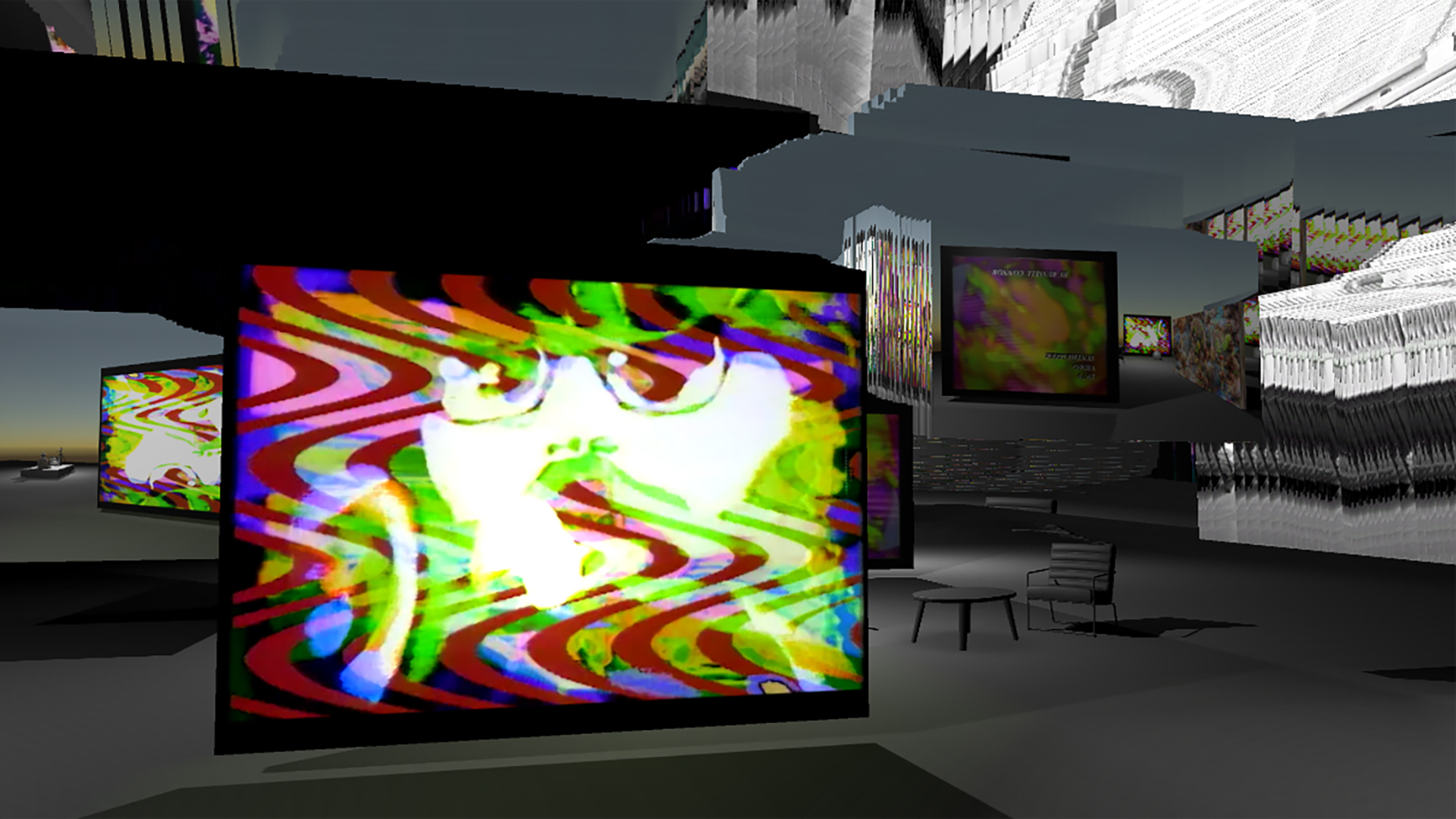
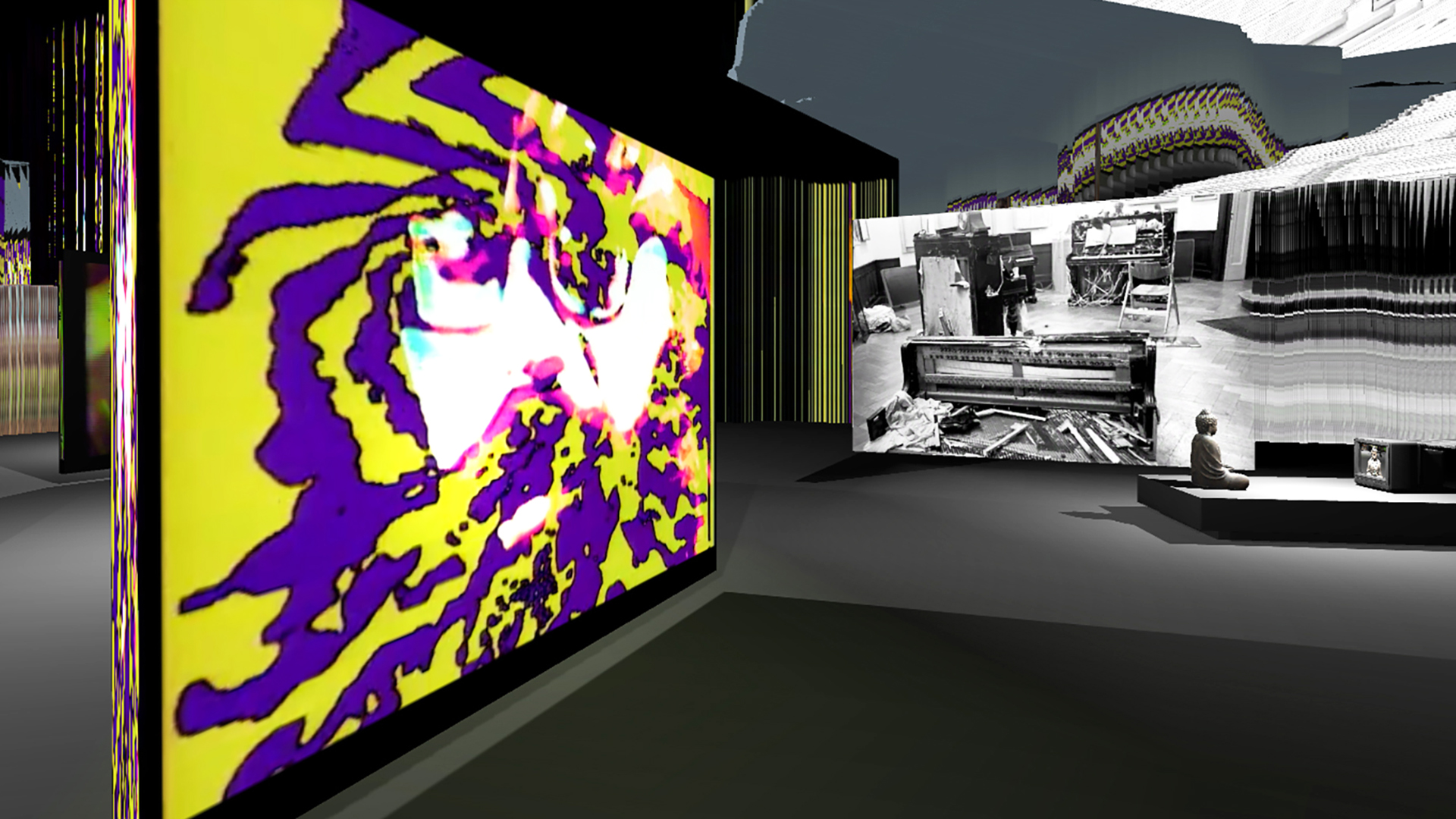
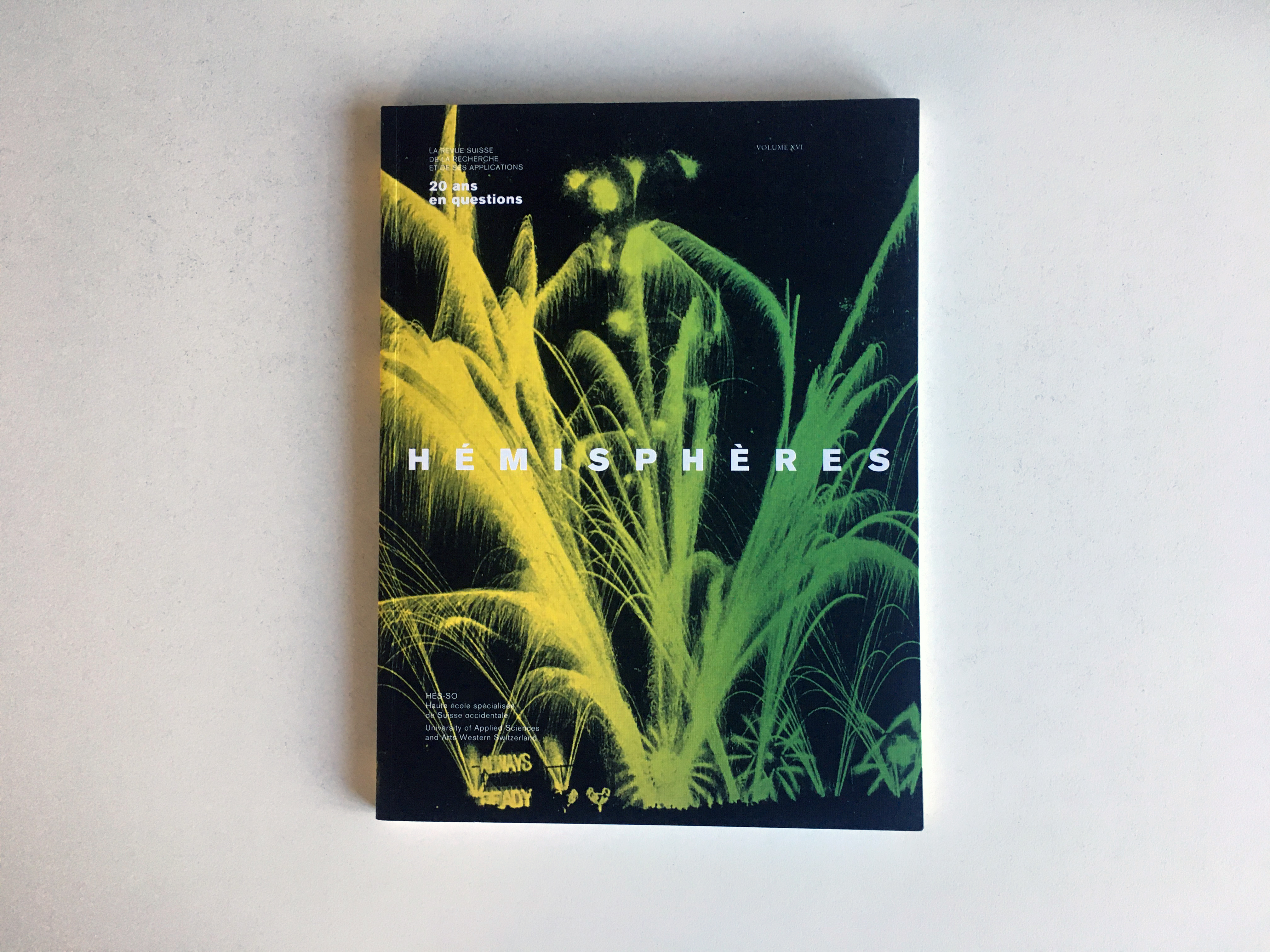
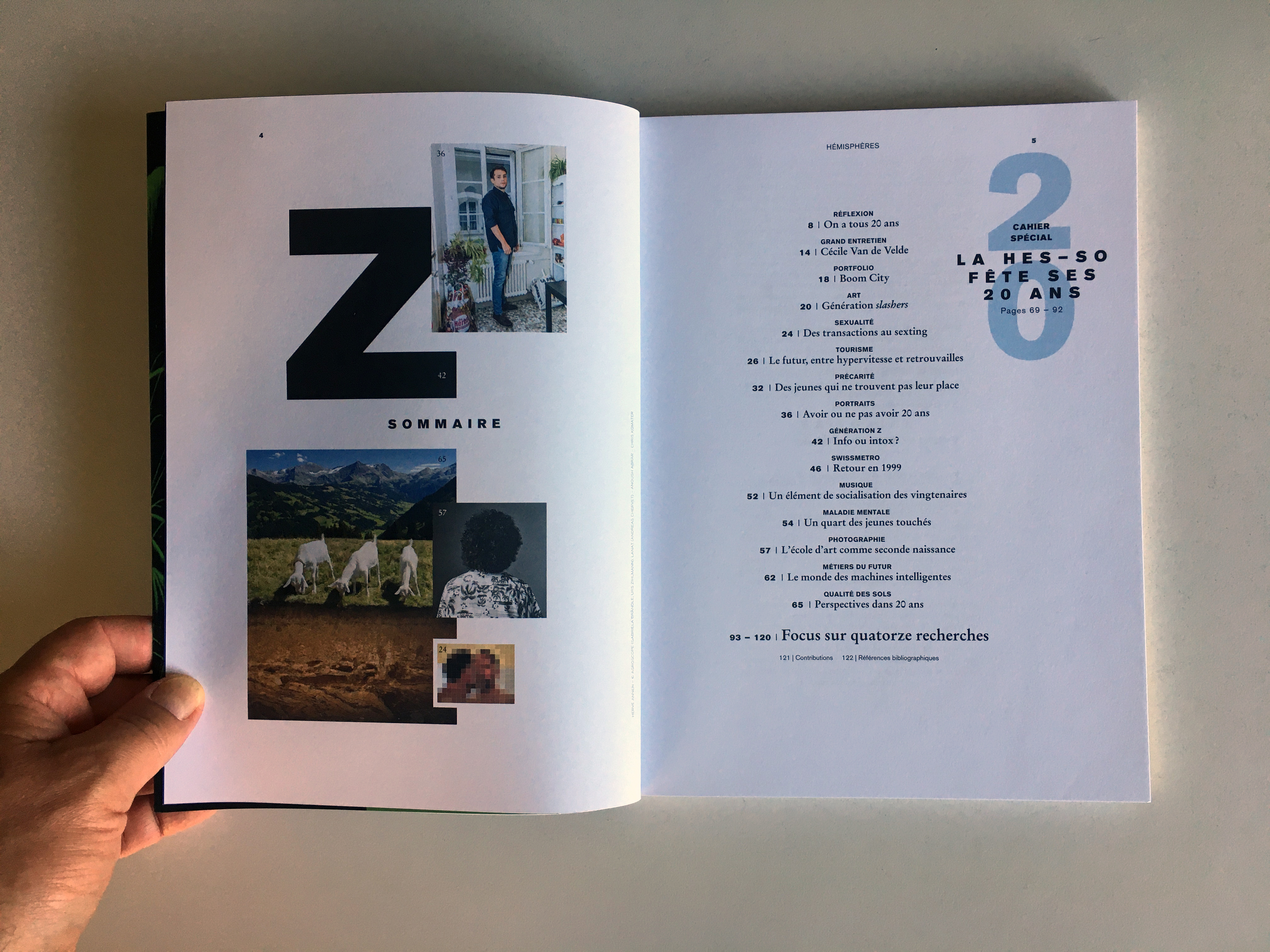
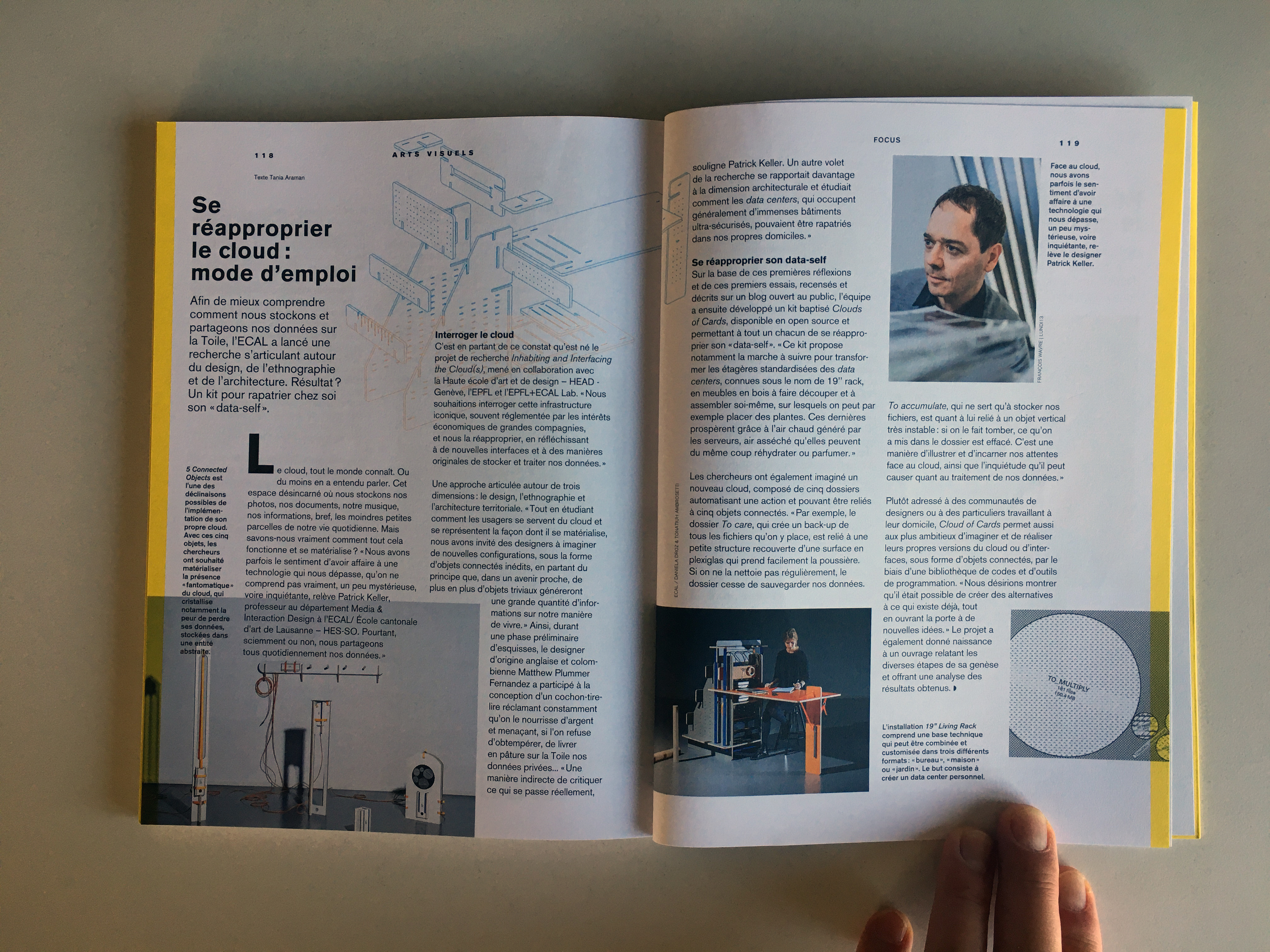
.jpg)
